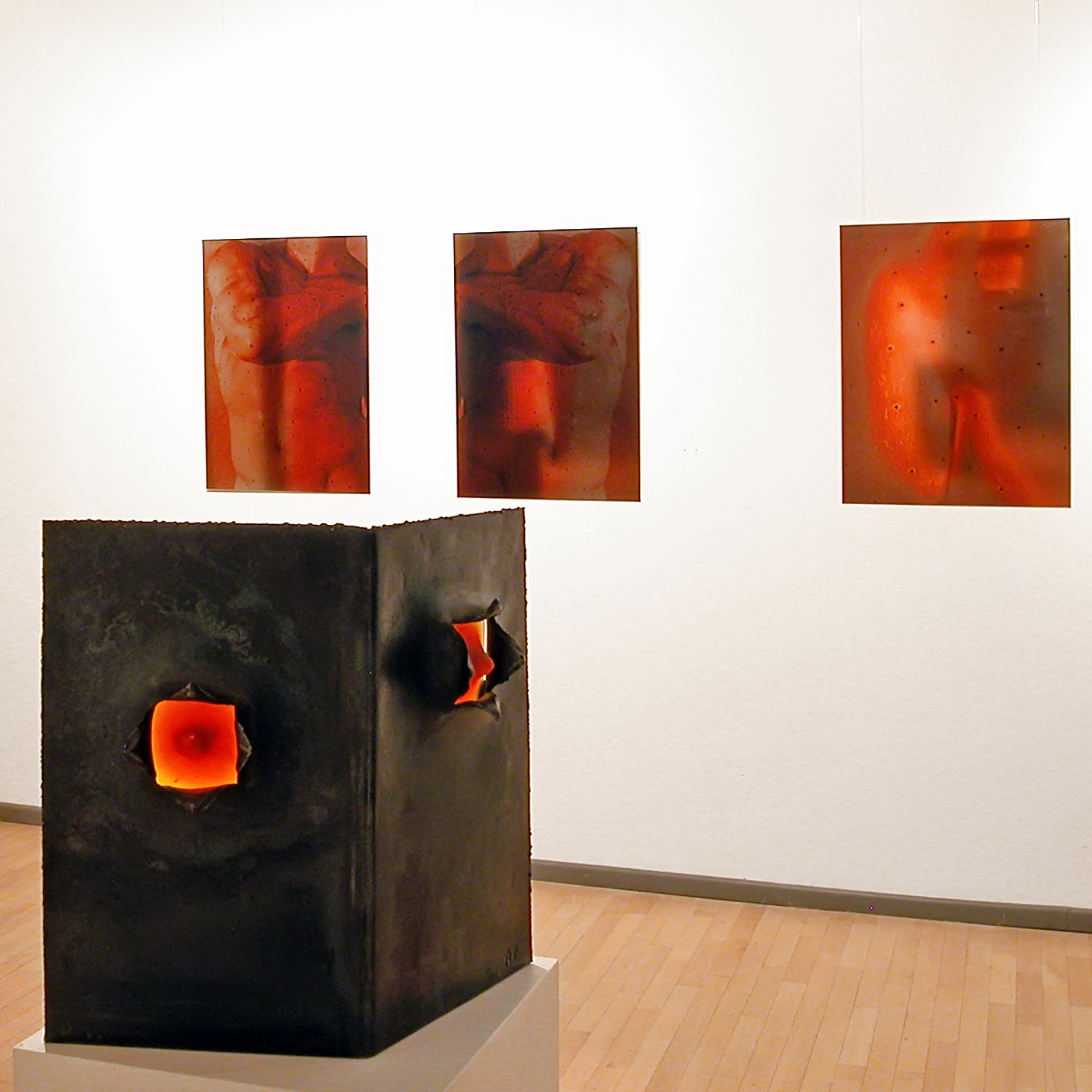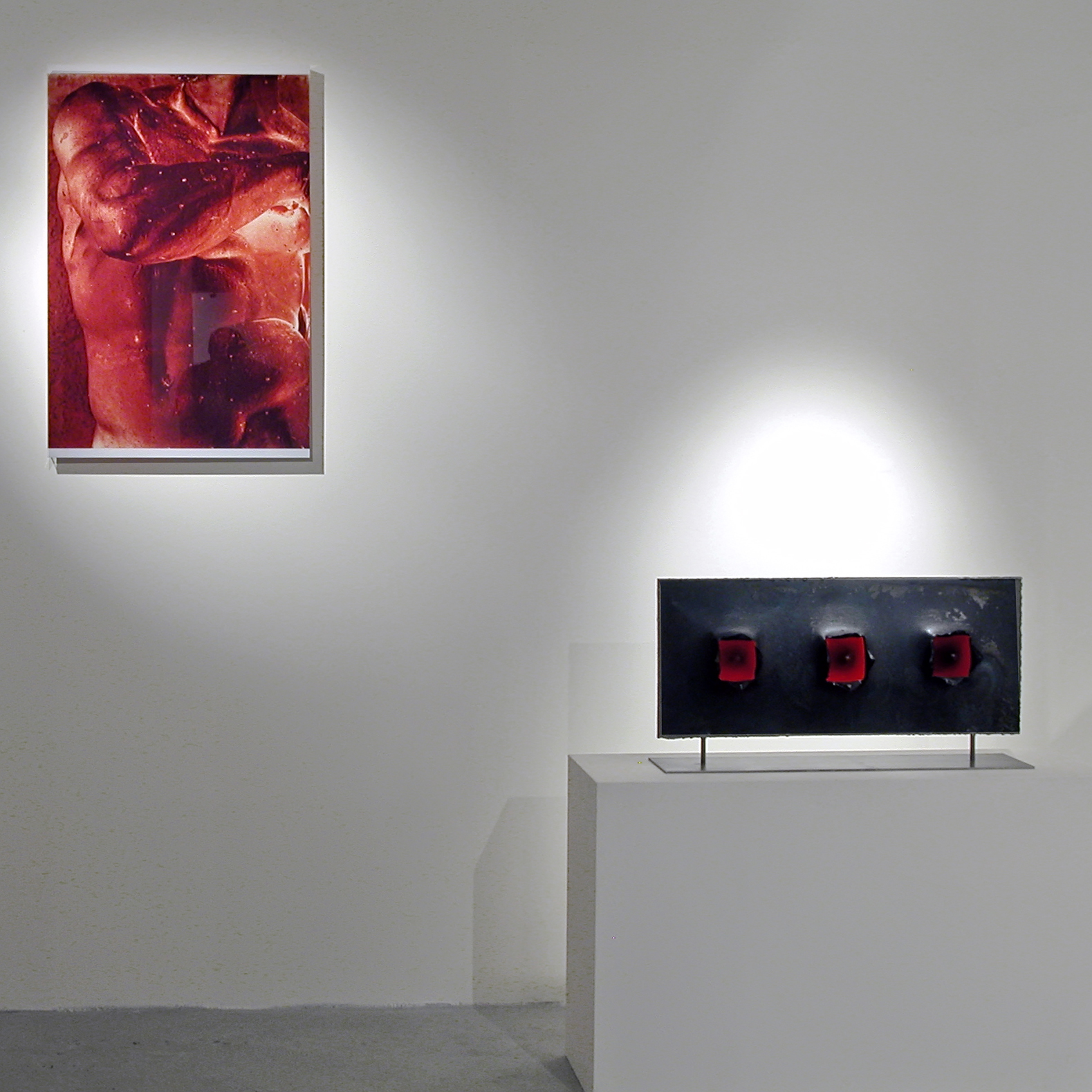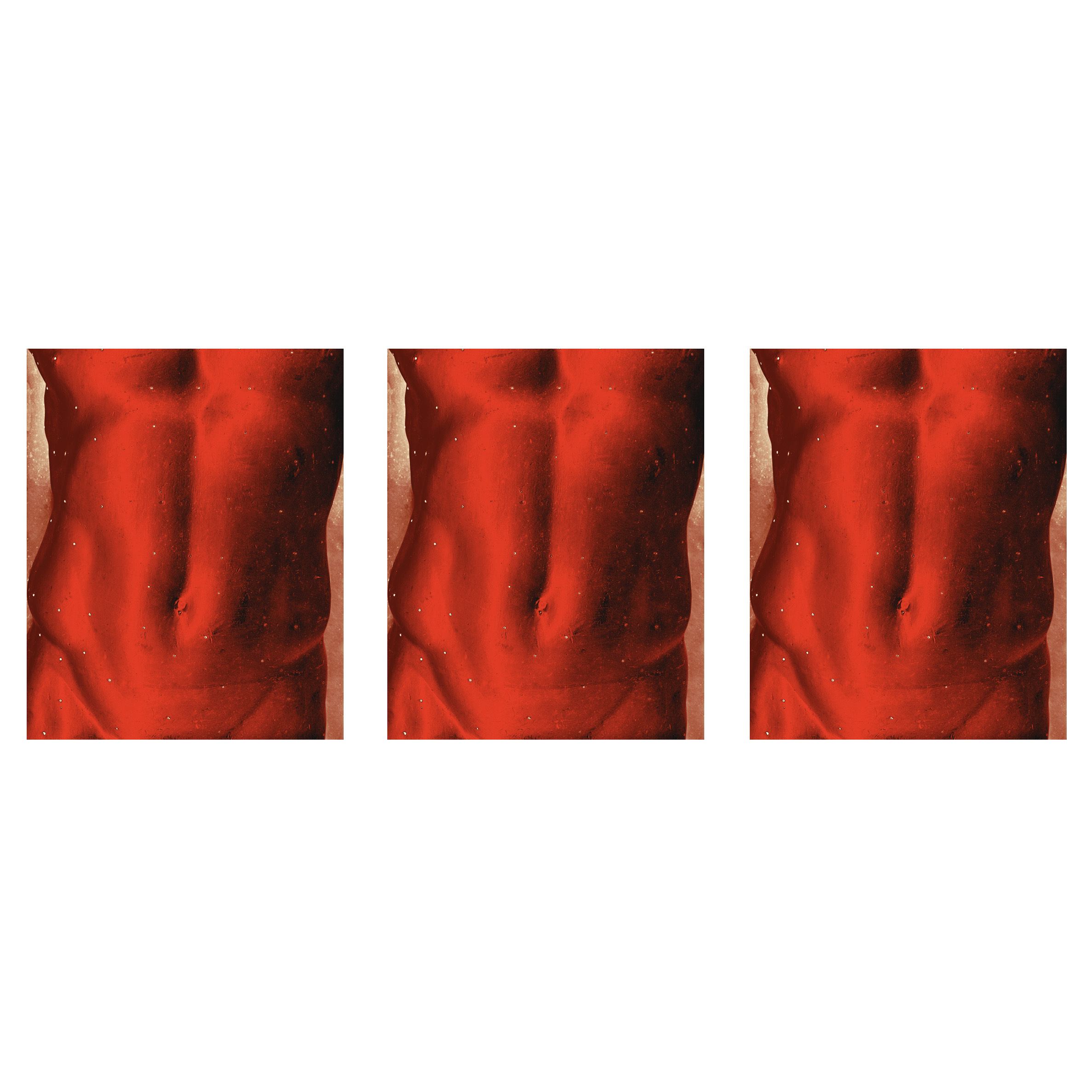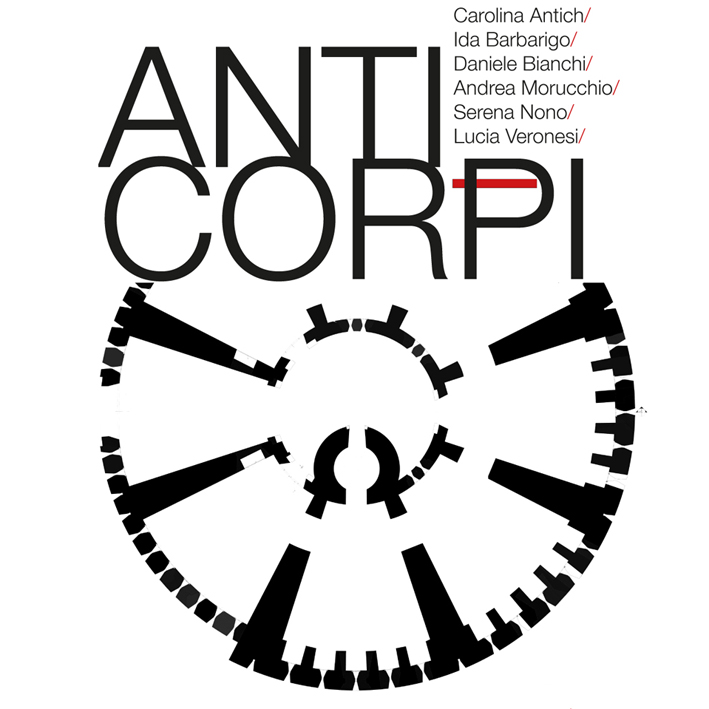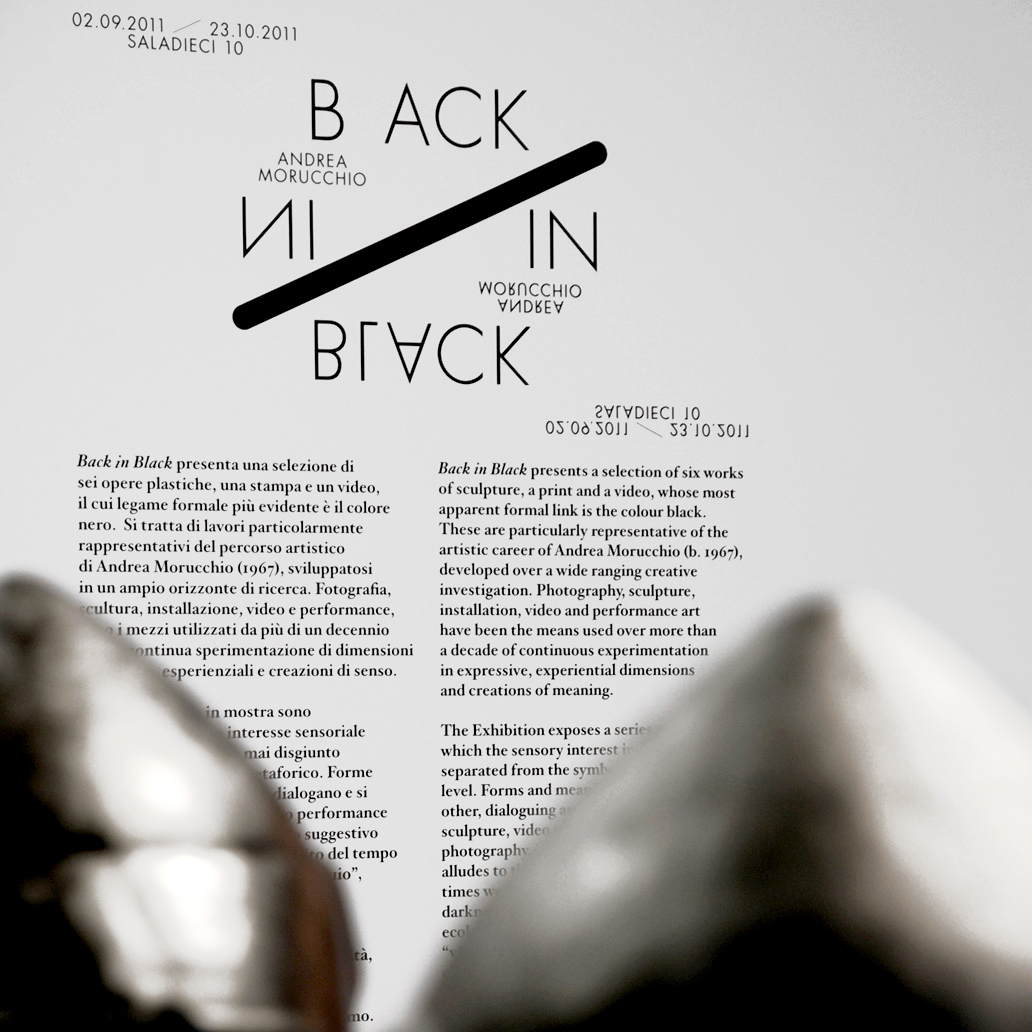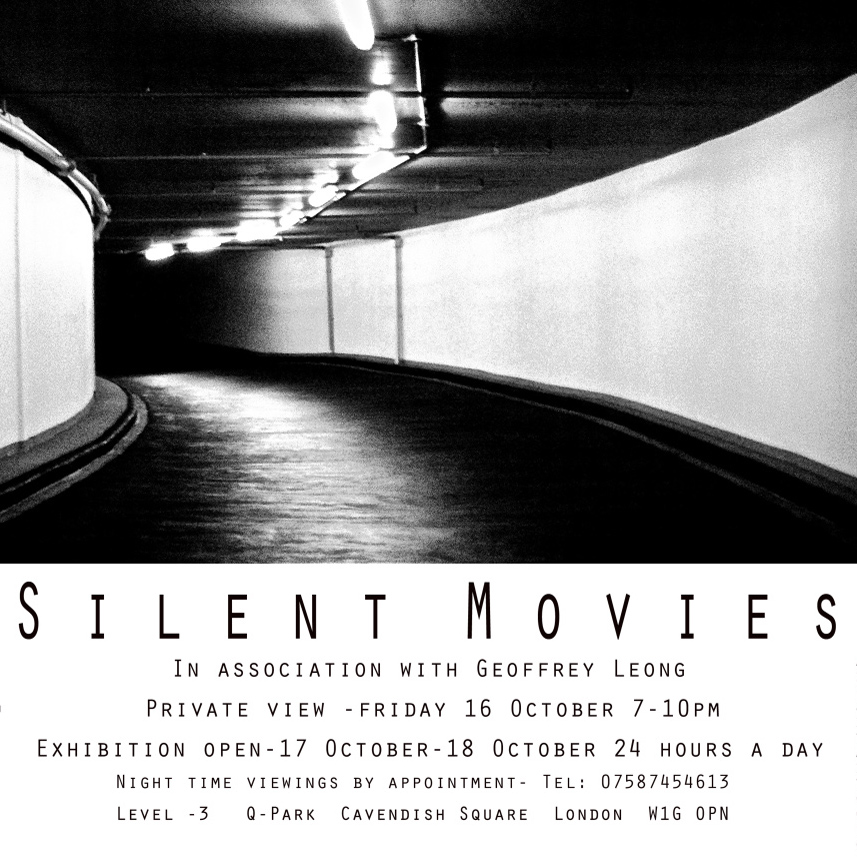Emerging
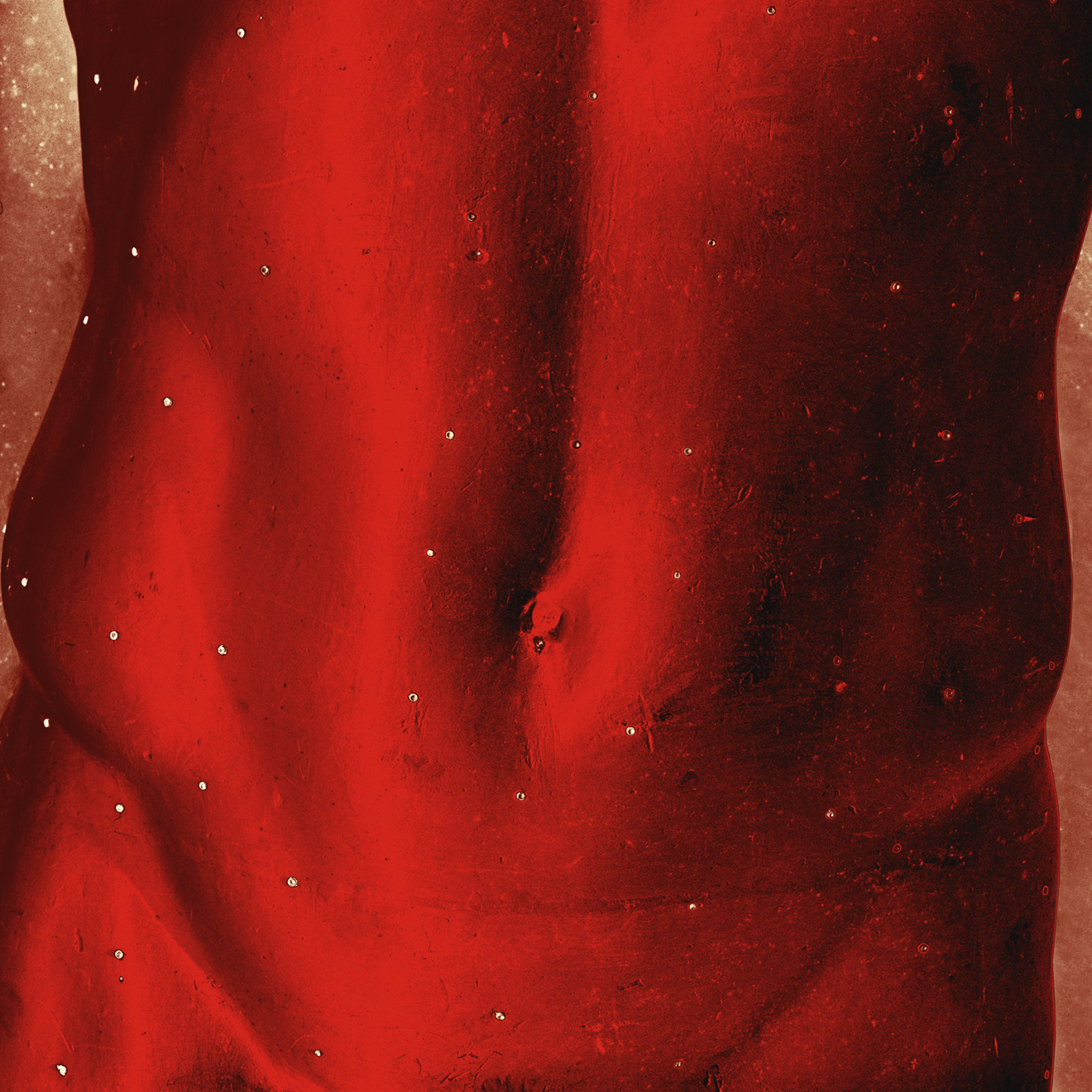

digitalart
EMERGING + EMERGING REFLECTIONS | Revisiting Canova plaster sculptures
Edition of three | >> Blockchain registered
The EMERGING project was originally conceived in 2006 as a set of Artist’s Proofs for EMERGING CODE exhibition projects. In 2024, Andrea Morucchio reintroduces these works as a limited edition of three, produced through the technique of chromatic sublimation on aluminum. The project has its roots in a series of medium-format black and white negatives of Canova’s plaster busts, GIPSOTECA photographed by Morucchio in 1994 at the Gipsoteca di Possagno near Venice. EMERGING thus represents, in chronological terms, the artist’s fourth experiment in digital art, following EIDETIC BUSH (2003), LE NOSTE IDEE VINCERANNO (2002), and Dynamo (2000). The creative process begins in the analog domain: medium-format shooting, scanning of the negatives, and digital reworking of the images, which are then printed. Works from the EMERGING project were originally exhibited alongside the OFFSHOOTS sculptures in the two 2006 exhibitions EMERGING CODE Berlin / Hobart. At the heart of the series is a focus on the cartography of coding points impressed into the plaster busts—markers and reference codes used by Canova to guide the translation of preparatory plaster into Carrara marble. Morucchio seizes upon this network of signs as both a literal and symbolic system: a neoclassical search for perfection and a contemporary meditation on the construction of beauty. Through photography, Morucchio dissects and fragments Canova’s bodies: he isolates, and extracts portions—especially the bust, the quintessential seat of emotions and the vital pulse of life. In the digital reworking, these images are transformed into luminous gradations of red—a color heavy with symbolic resonance. Red signifies suffering, alarm, transgression, and passion. As Kandinsky wrote, “Color is a means of exerting a direct influence on the soul.” Here, red permeates the muscular torsos with a corporeal, almost visceral energy, revealing metaphorical wounds and hidden intensities. The result is a dialogue between past and present, between the idealized forms of neoclassicism and a contemporary vision where beauty is re-examined, destabilized, and recharged with emotional and sensual force.
The same subjects were subsequently exhibited in a solo exhibition:['BæKGRAUND] (2010) and a couple of group exhibitions: NOTTURNI DANNUNZIANI (2008) and ANTI_CORPI, (2011). For other exhibition occasions Morucchio has elaborated a couple of the same Canovian subjects in gray scale, for the solo exhibition BACK IN BLACK and group show SILENT MOVIES. In 2022, on the occasion of the anniversary of the two hundredth anniversary of the death of Canova, Morucchio produced a series of NFTs works entitled CHROMATIC CANOVA, consisting of both still images and video animations.
The EMERGING project, initially conceived in 2006 as Artist's Proofs for exhibition projects, has undergone a significant evolution in its 2024 re-presentation. Morucchio introduces a new dimension to the project with the EMERGING REFLECTIONS series. This extension of the original concept involves the creation of abstract figures through the specular (mirror-like) arrangement of anatomical parts of statues. By reflecting and rearranging these classical forms, Morucchio generates entirely new, abstract shapes that retain a connection to their origins while simultaneously transcending them. These mirrored compositions suggest a dialogue between the past and the present, between the tangible and the abstract, and between the classical ideals of form and the modern inclination towards deconstruction and reinterpretation. This development not only enriches the EMERGING project but also broadens its conceptual framework, inviting viewers to engage with the works on multiple levels—both as reinterpretations of classical art and as explorations of form, color, and abstraction. The 2024 edition, with its innovative techniques and expanded series, highlights the enduring relevance of these classical forms while pushing the boundaries of how we perceive and interact with art.
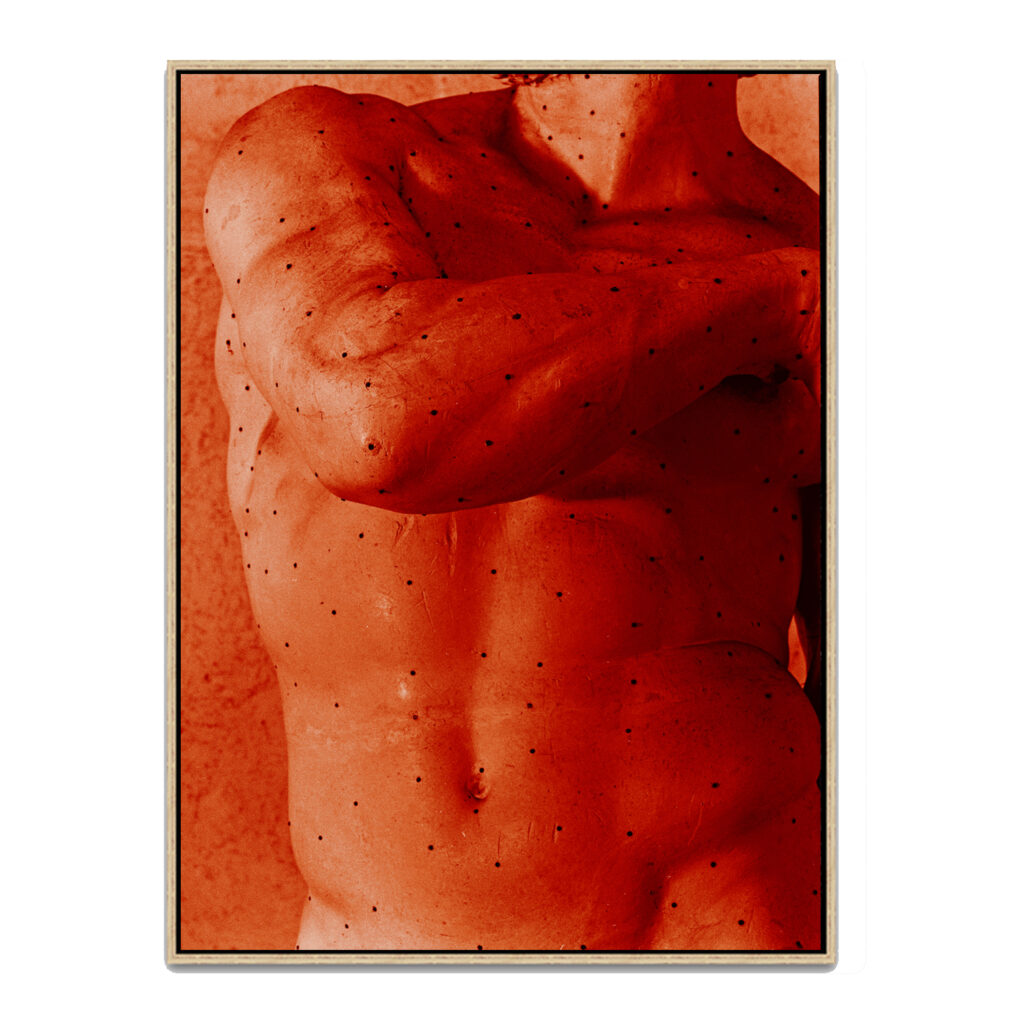
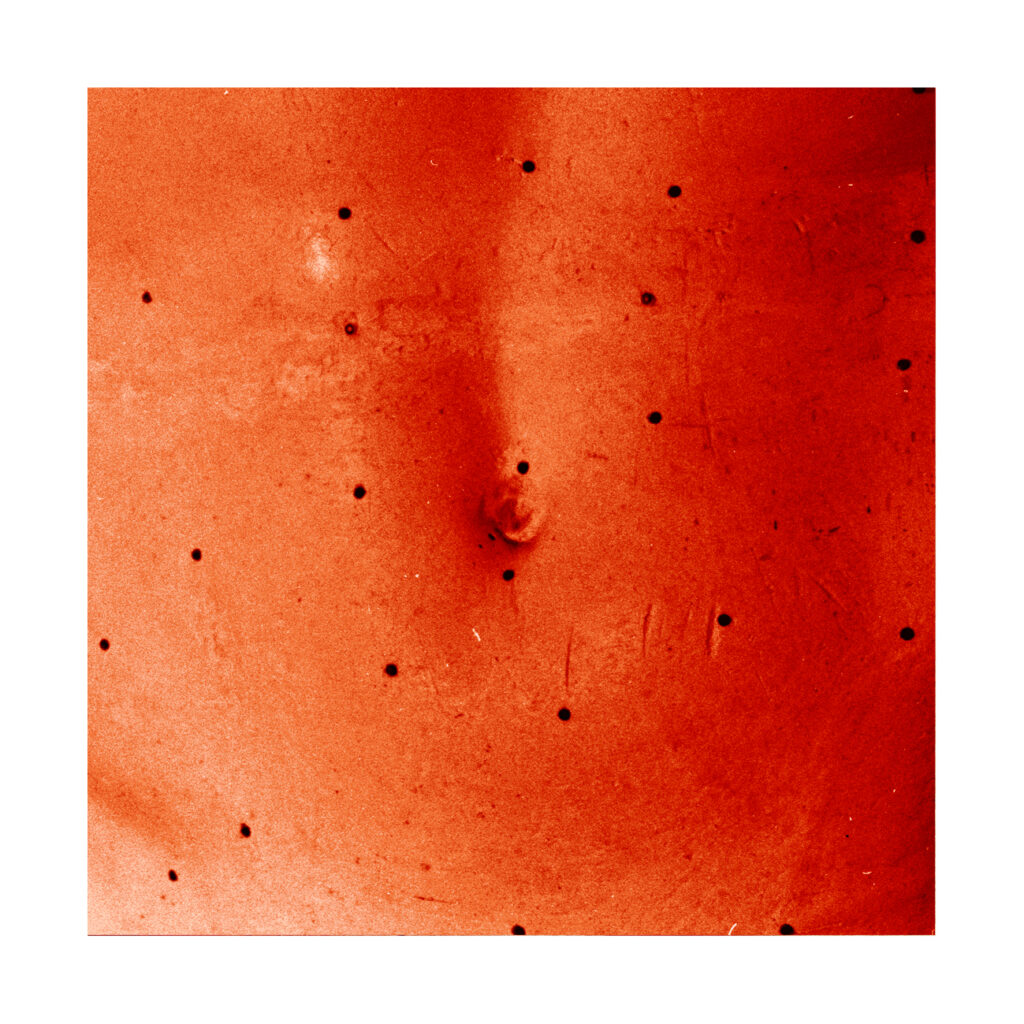
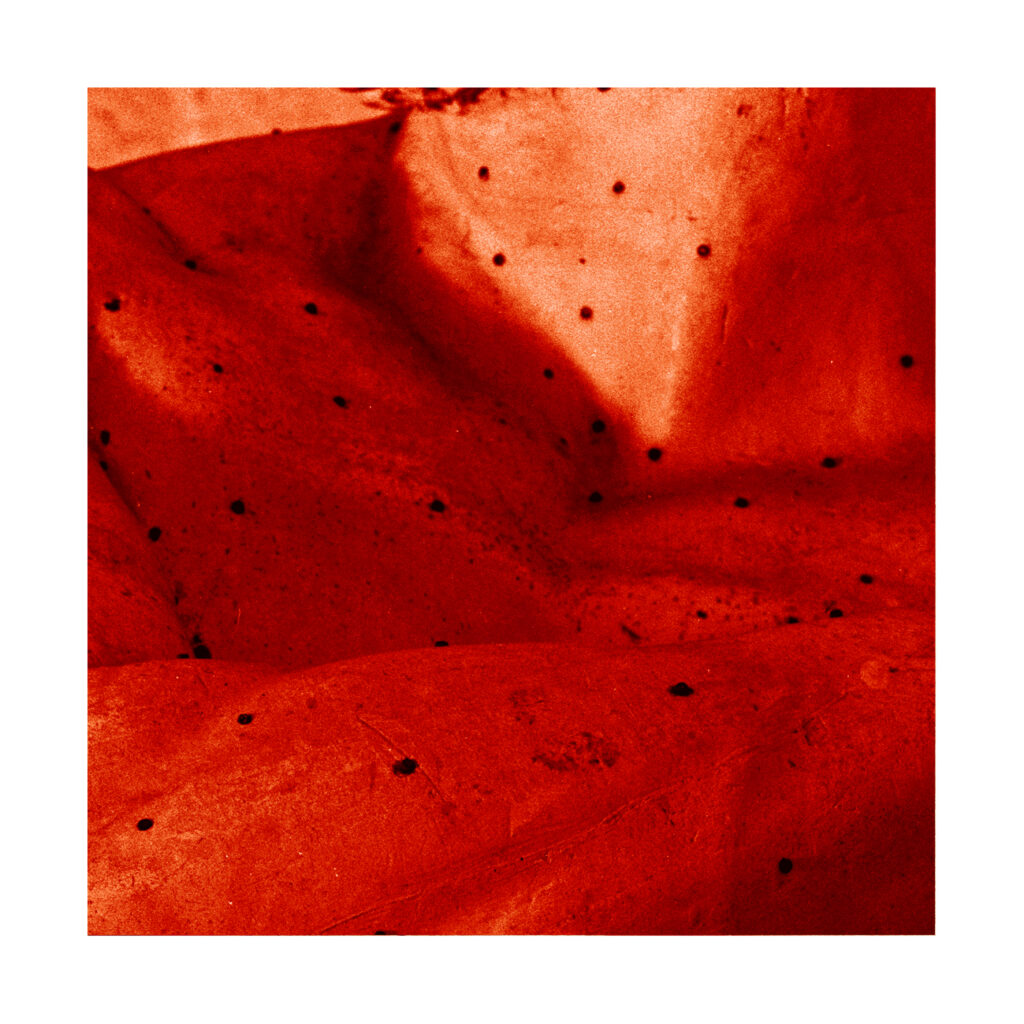
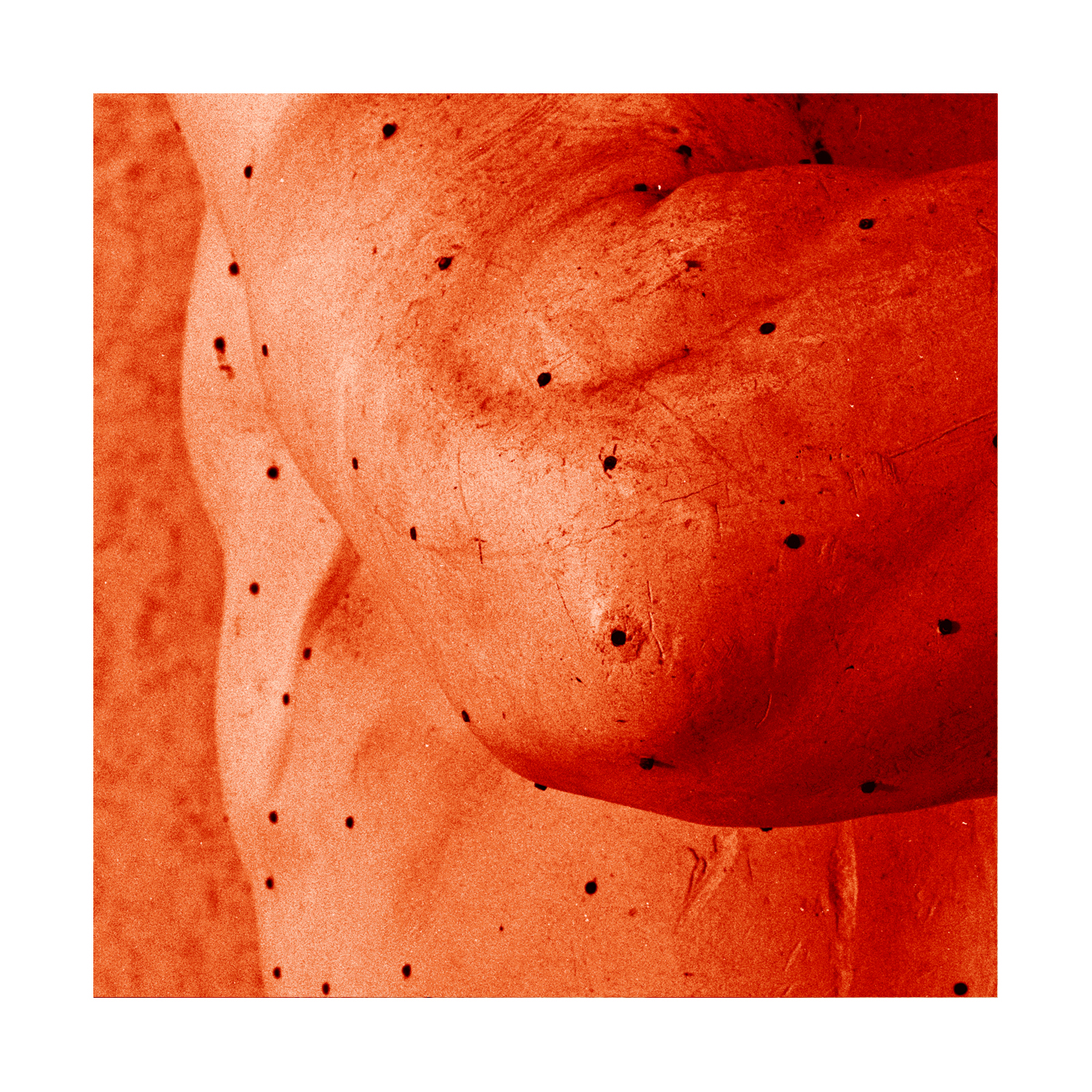
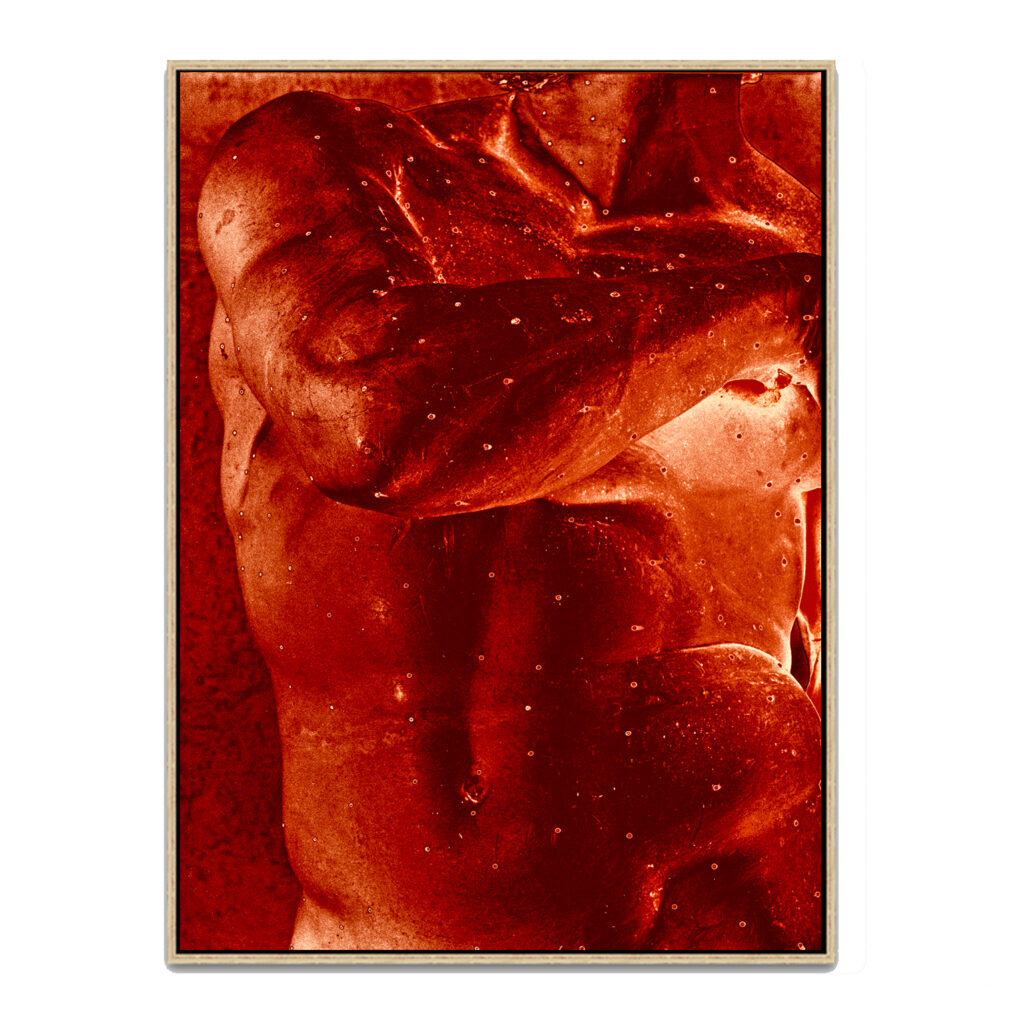
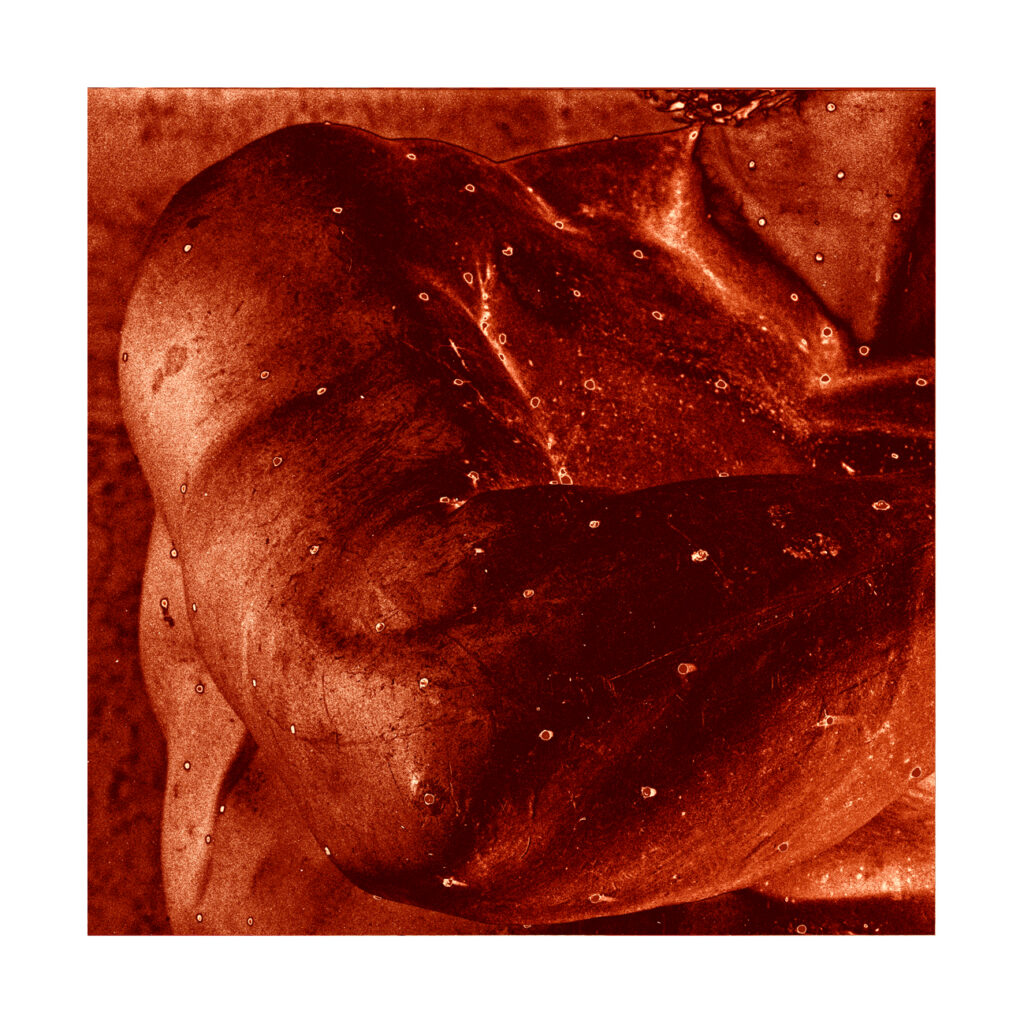
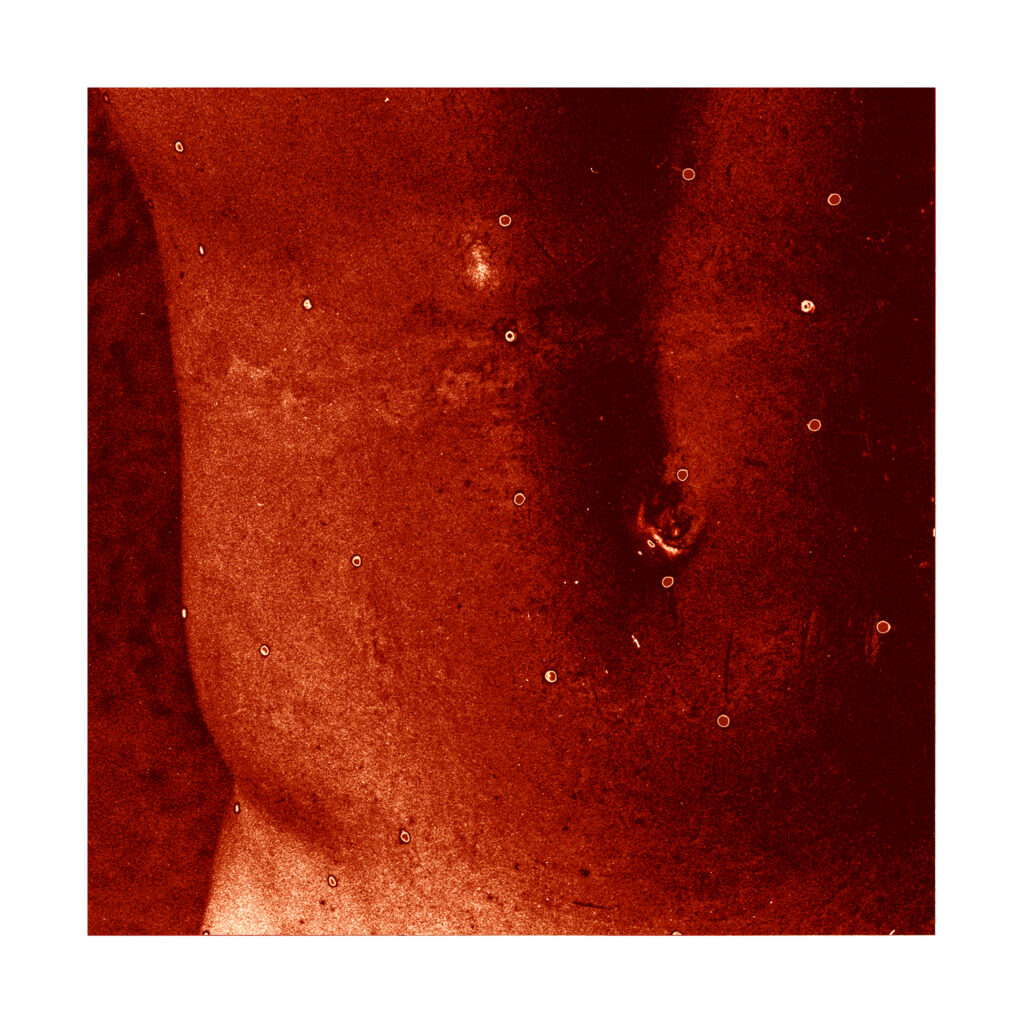
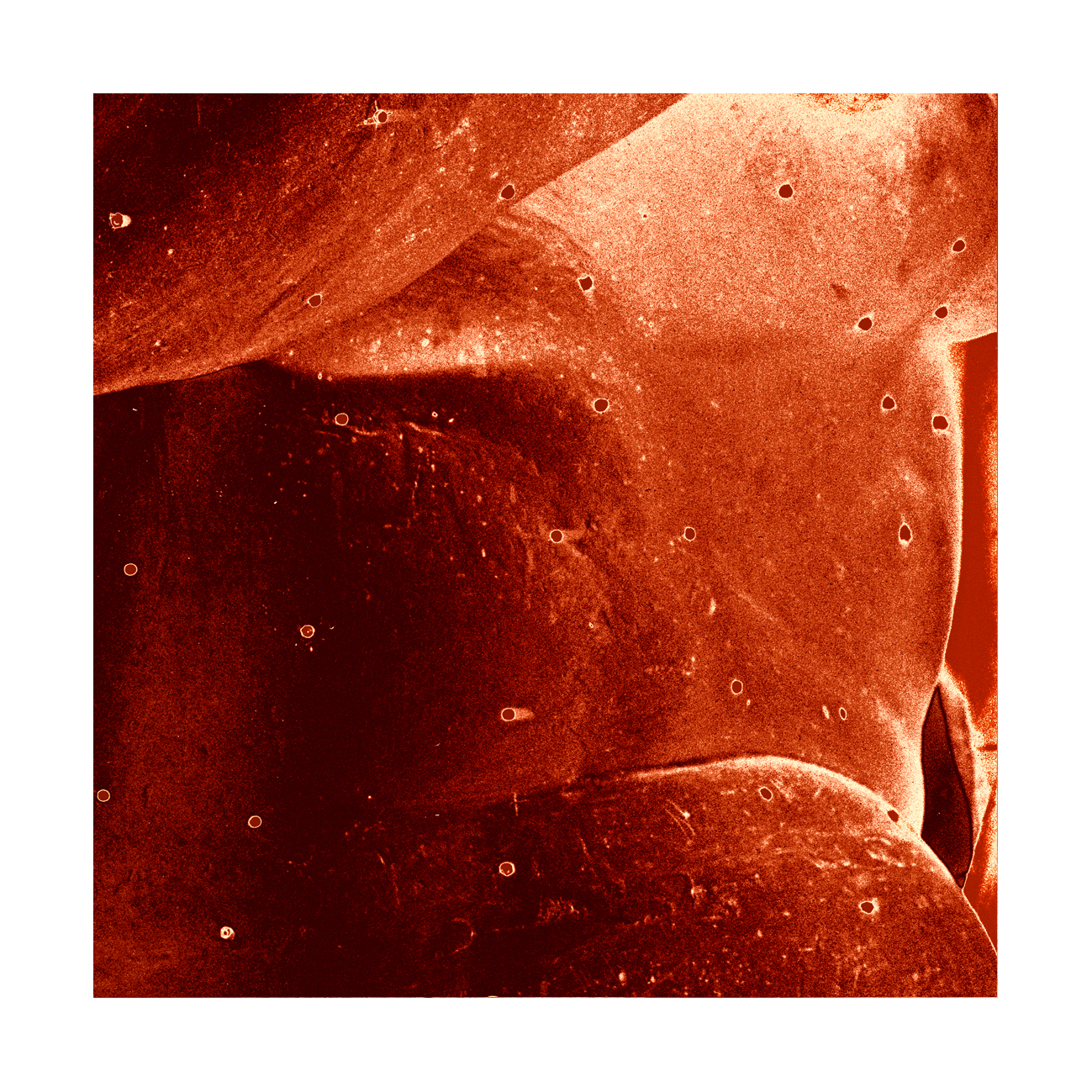

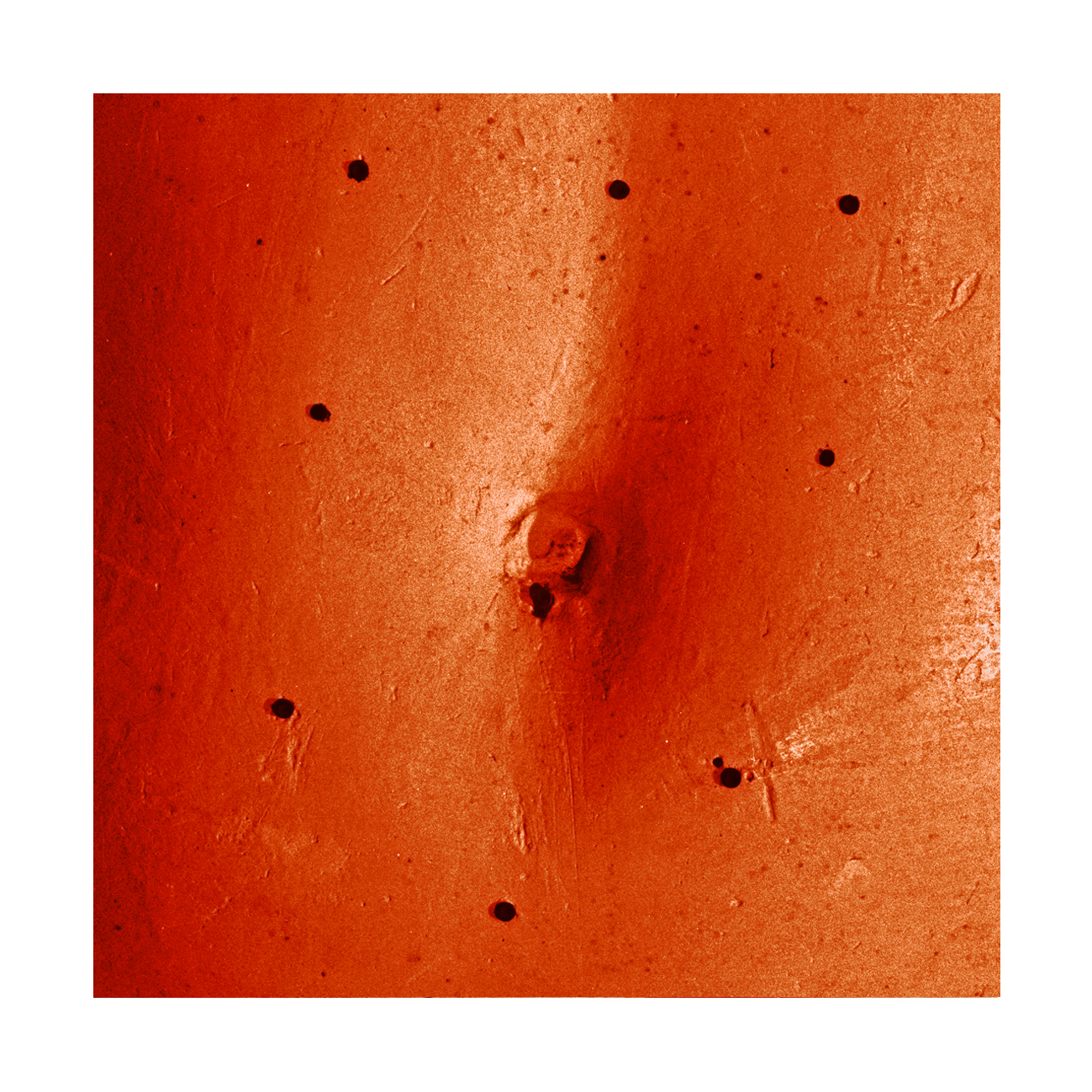
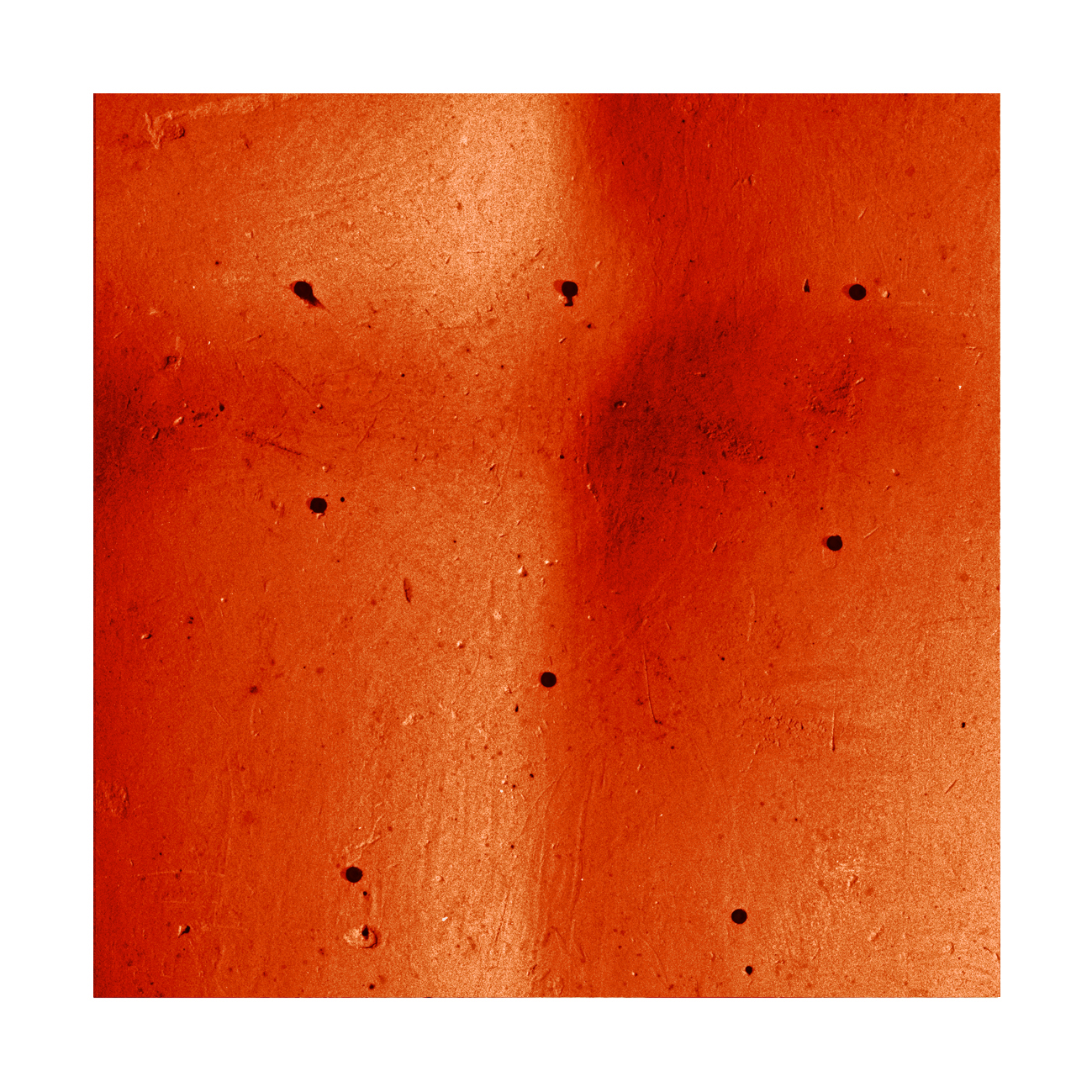
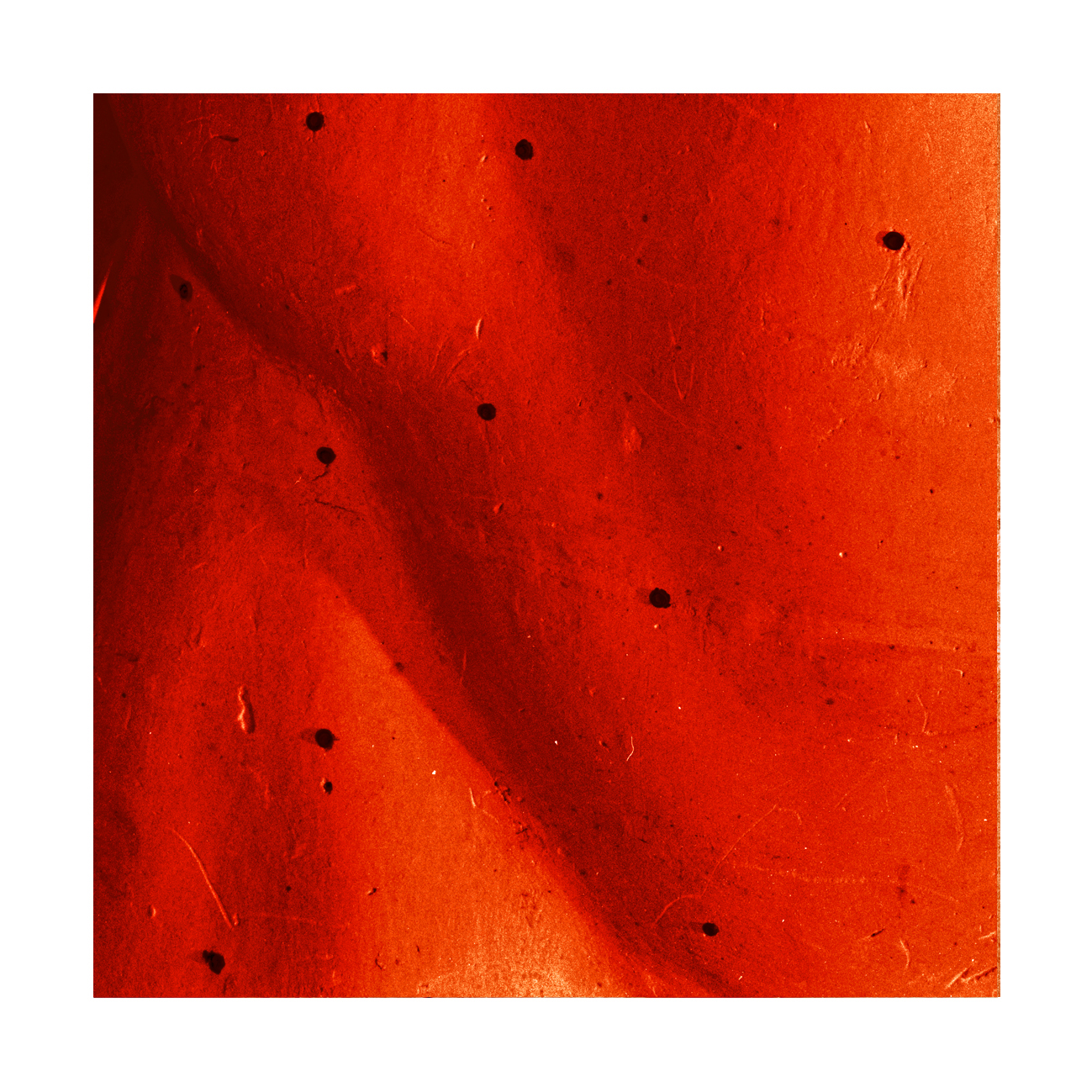
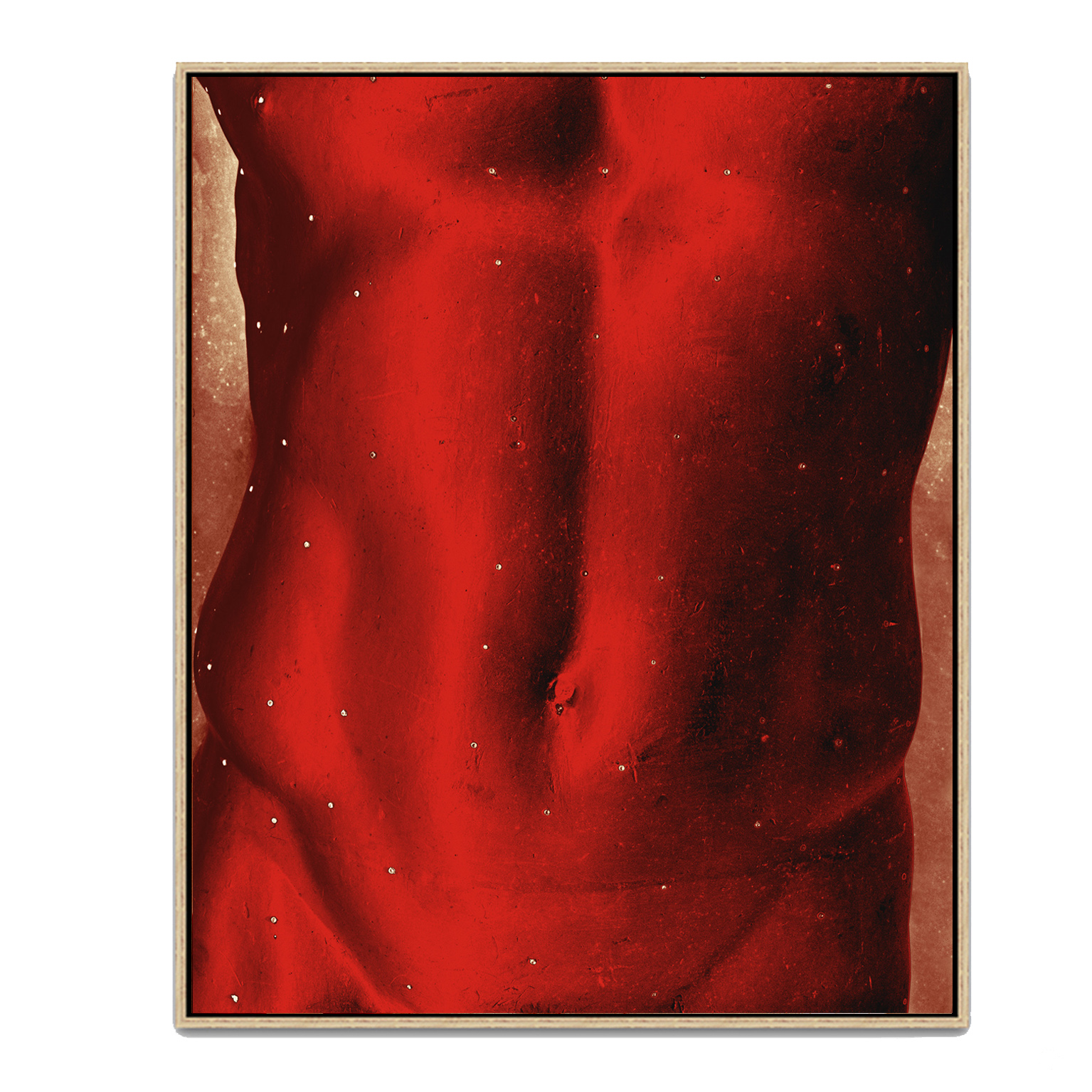
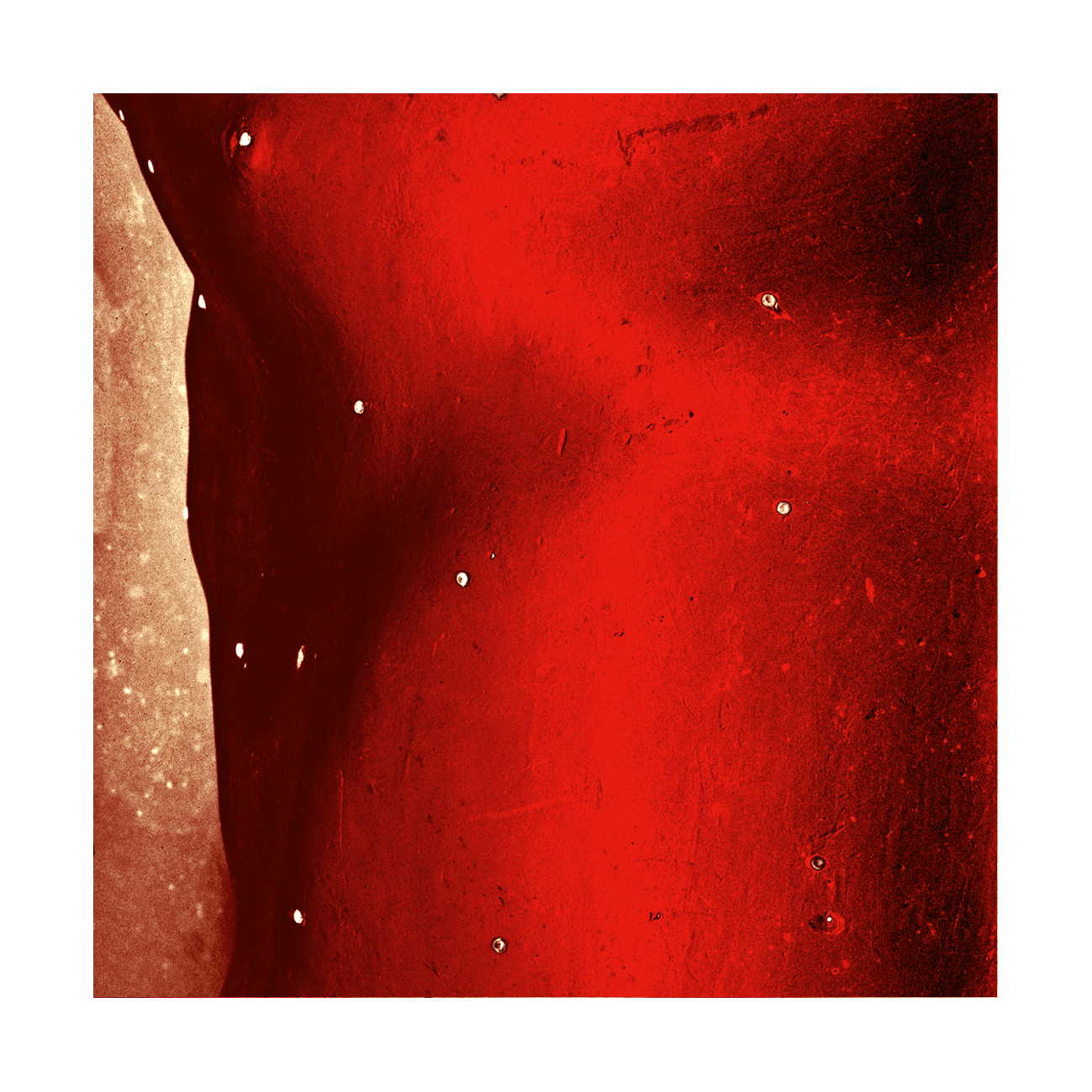
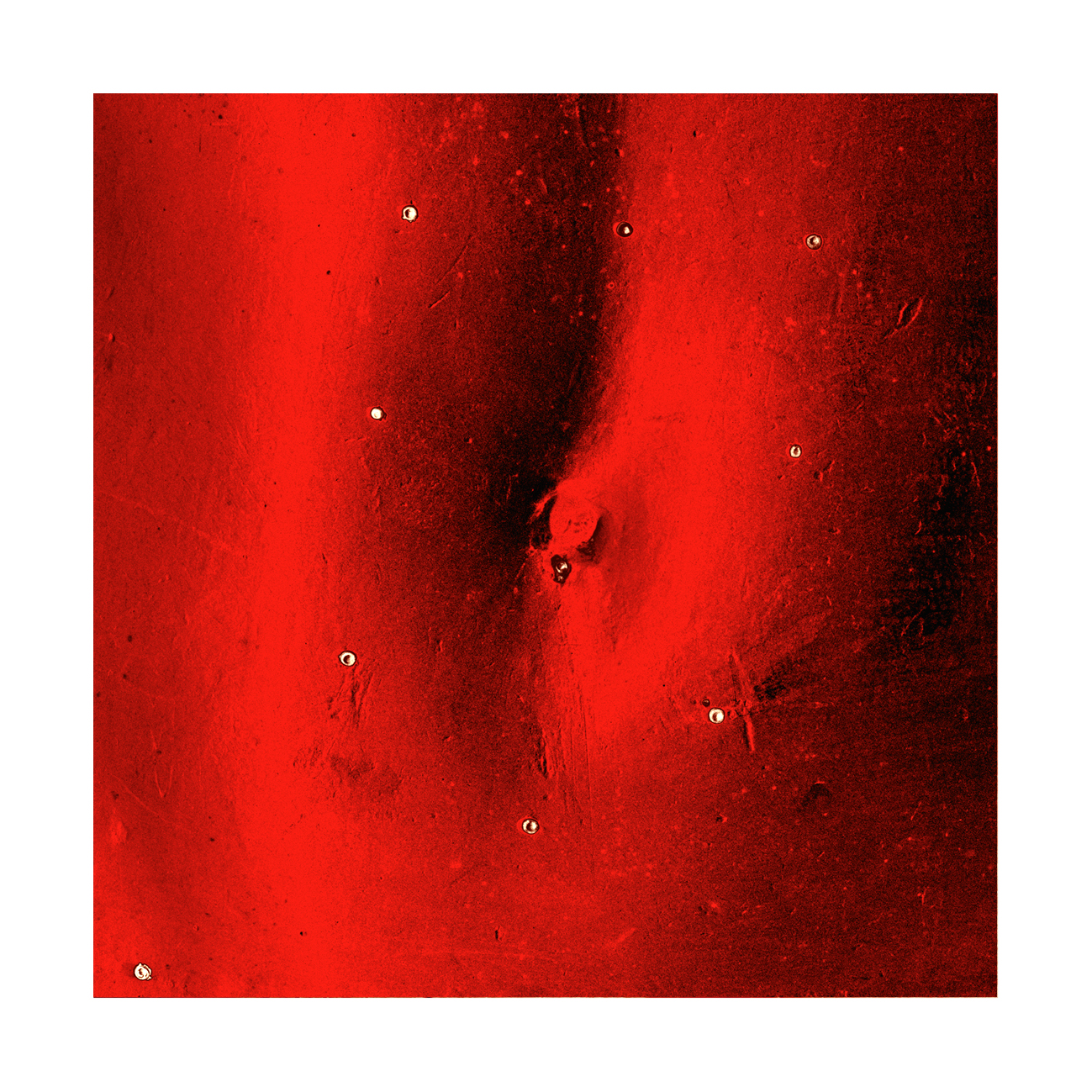
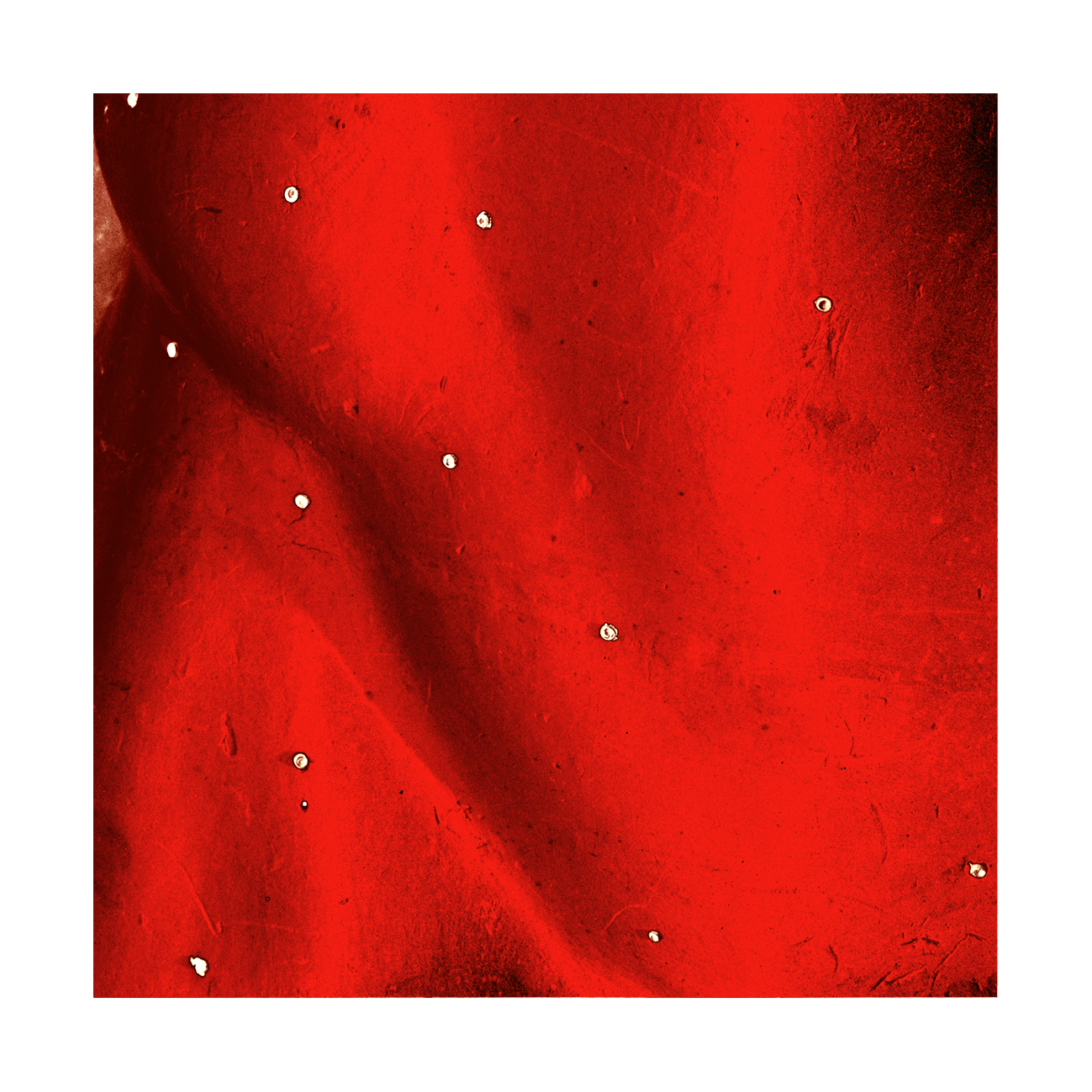

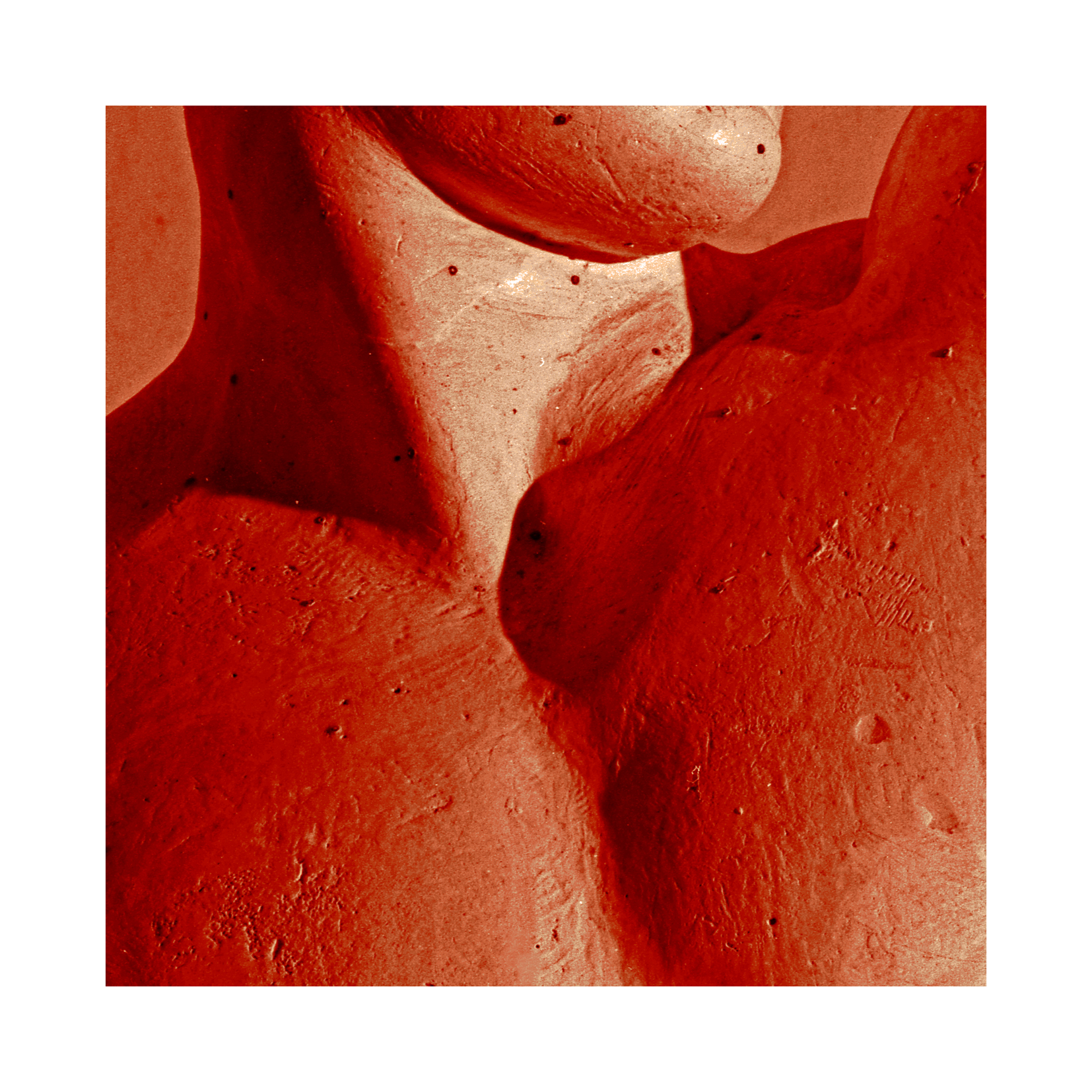
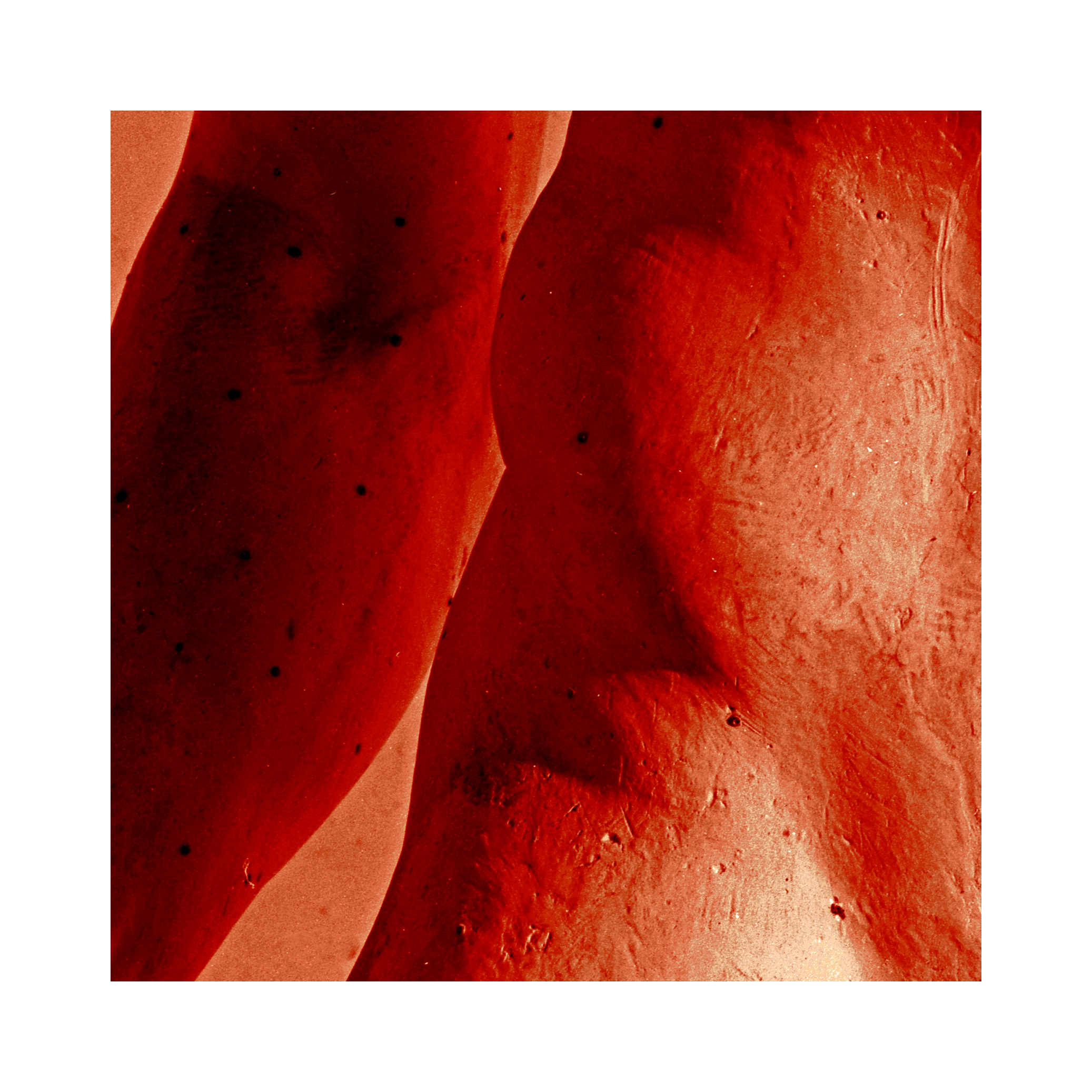
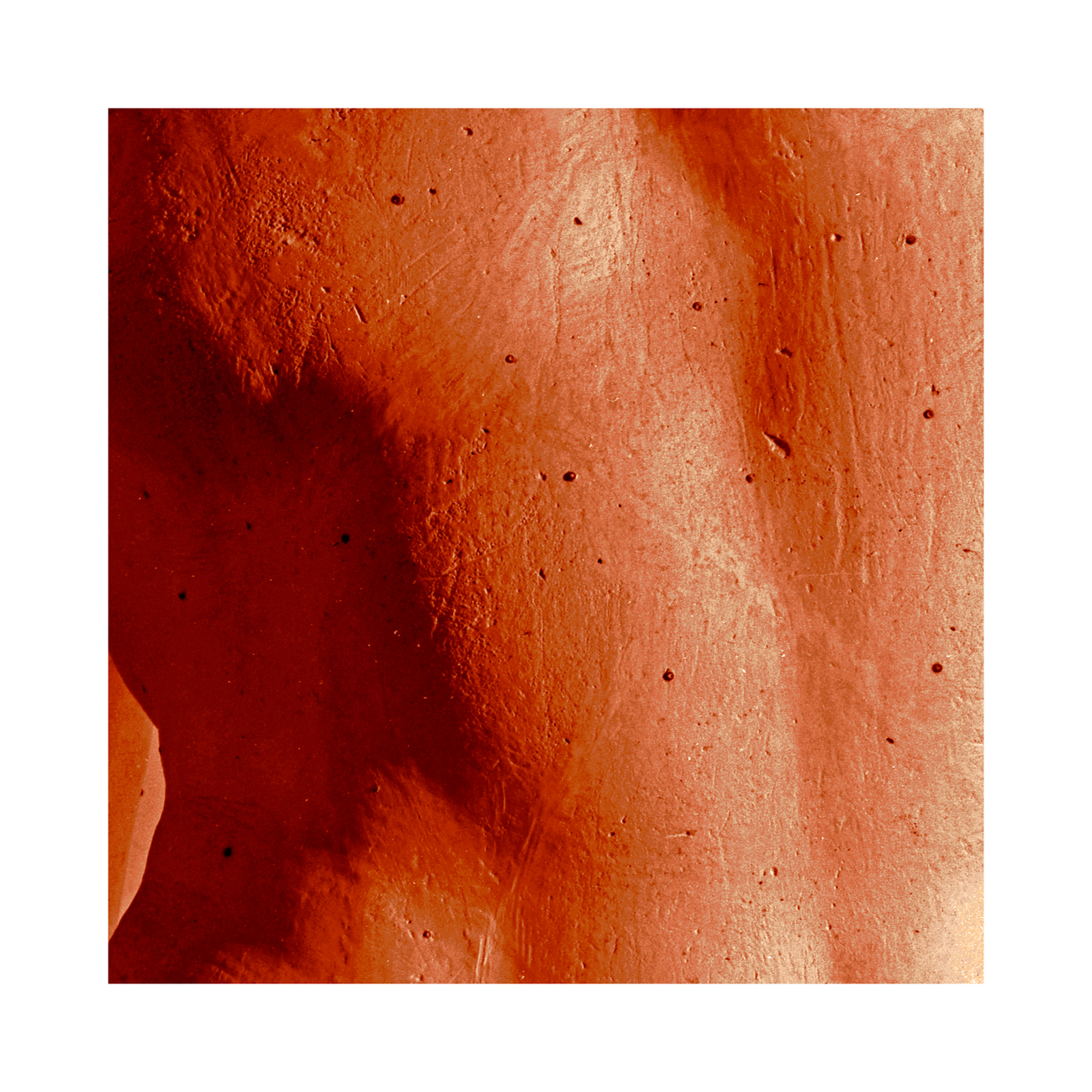

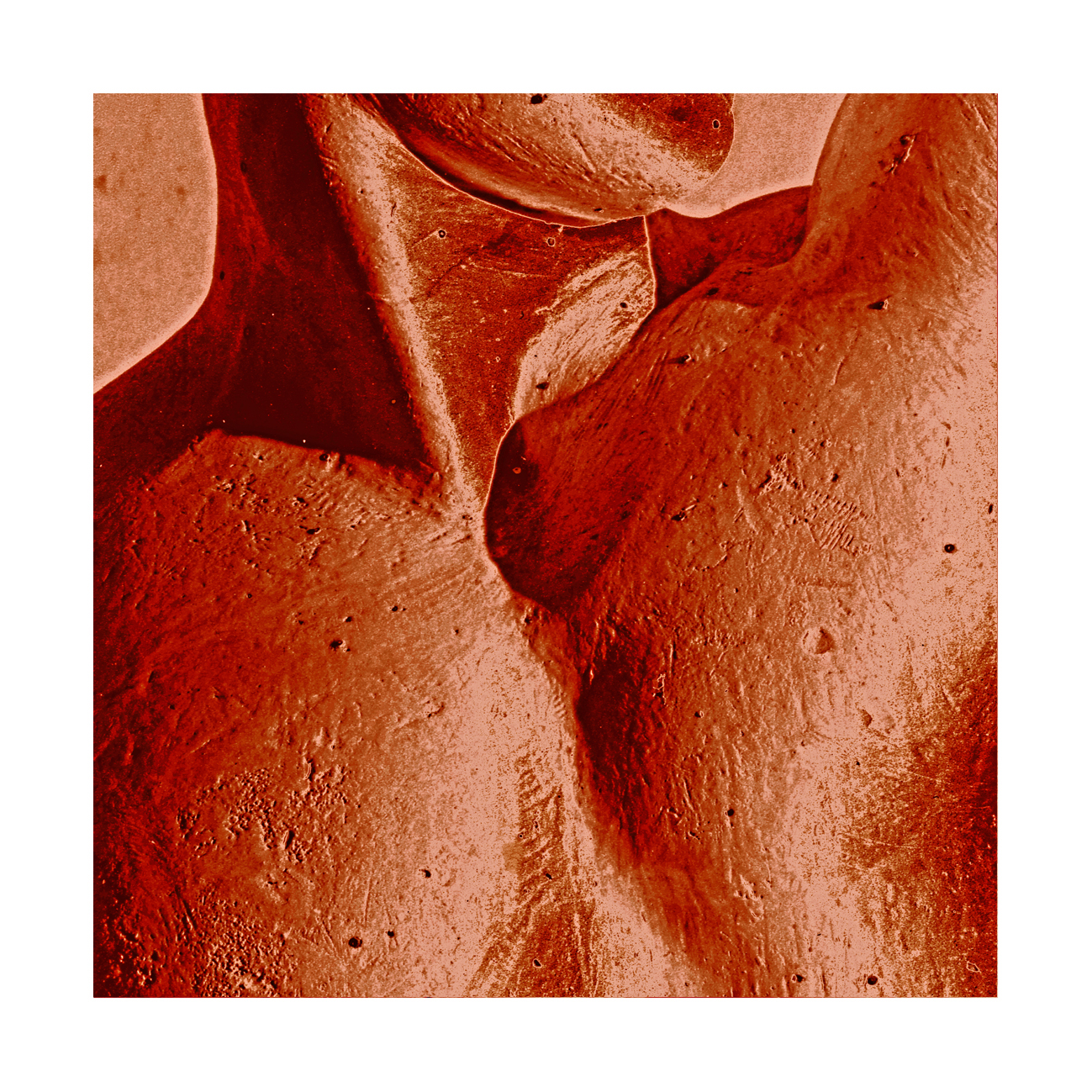
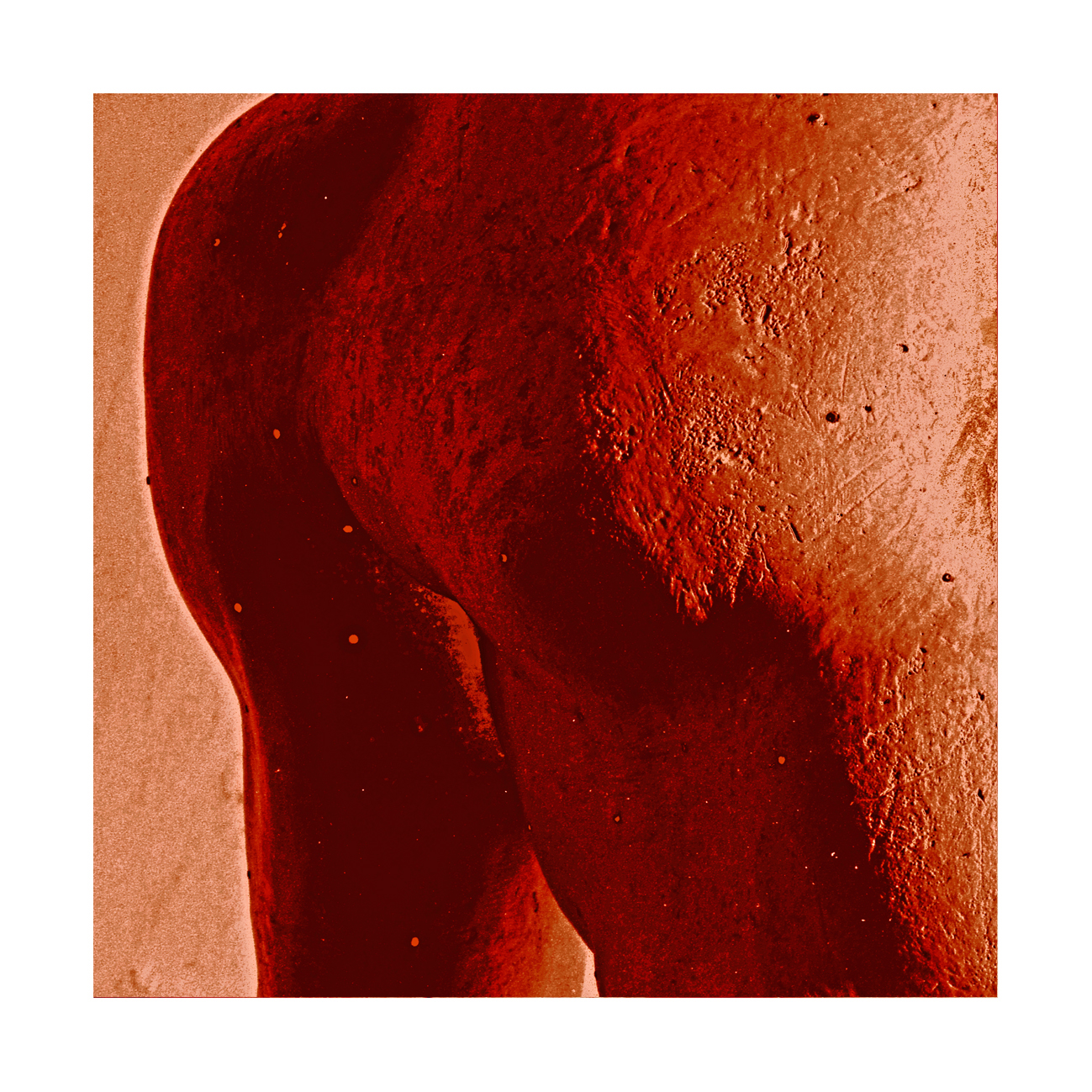
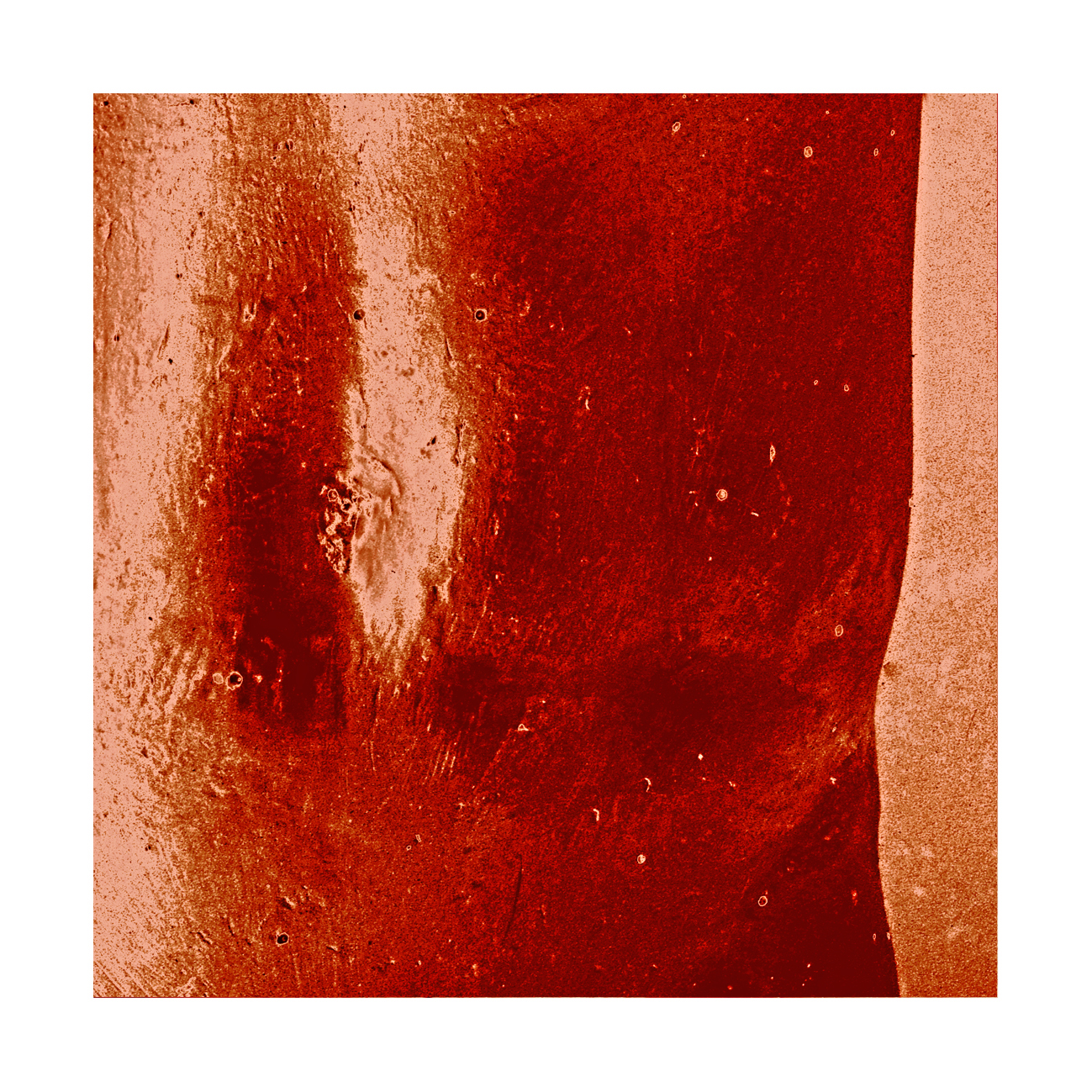
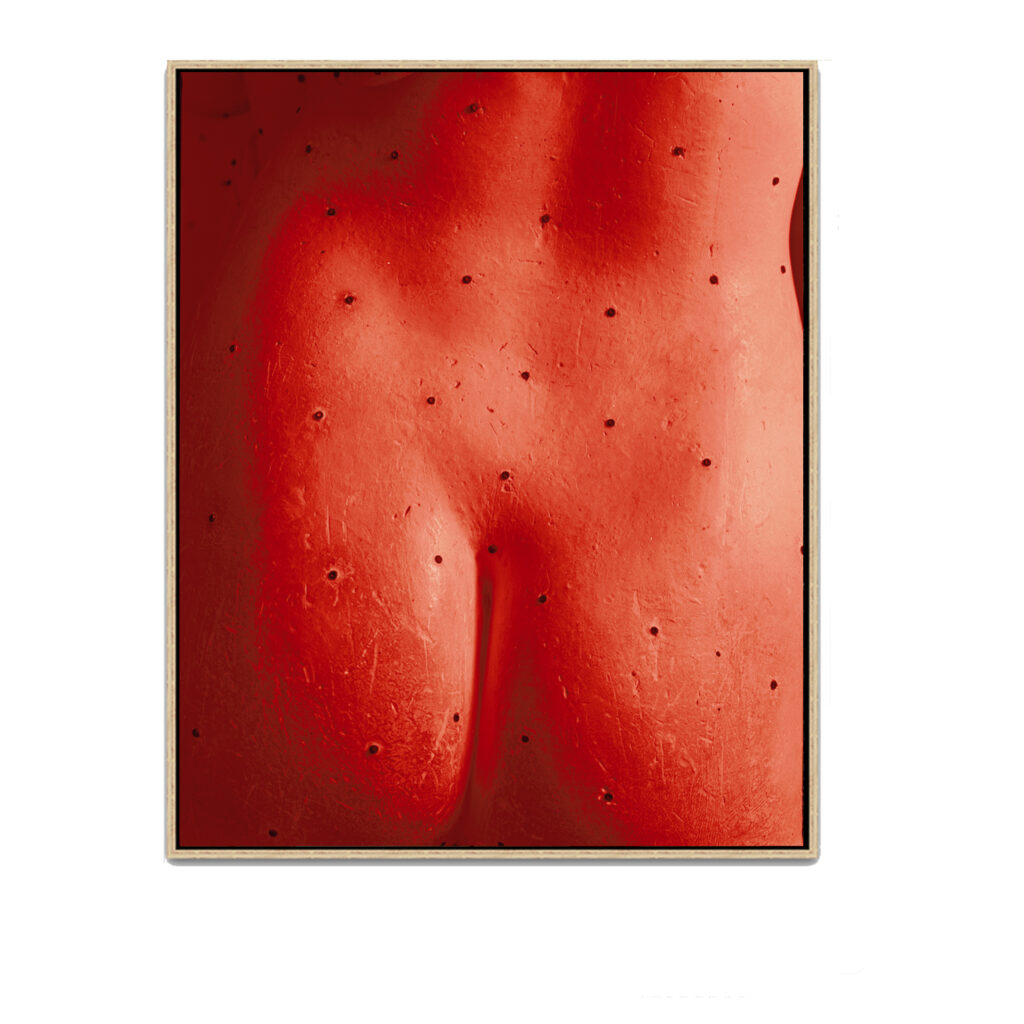
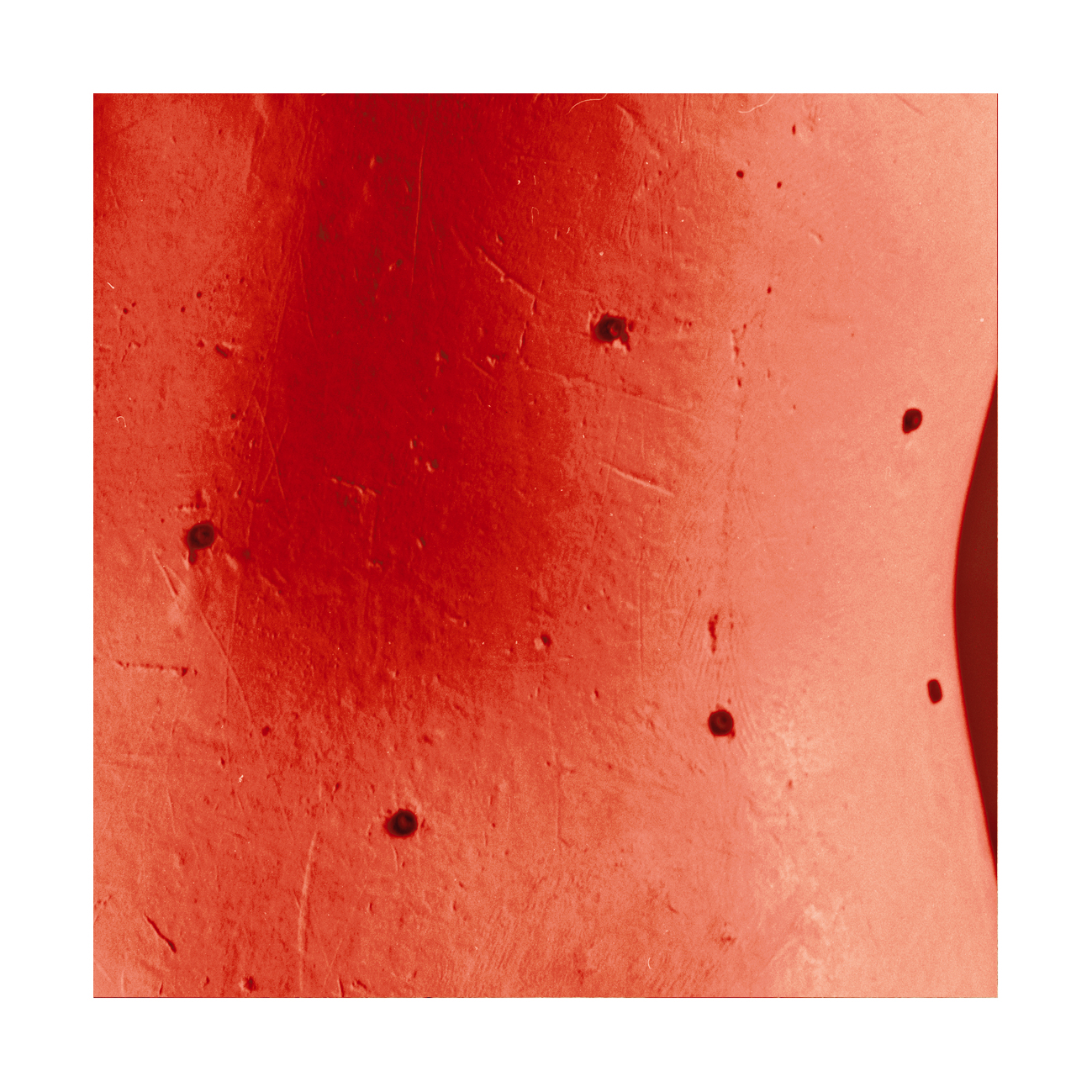
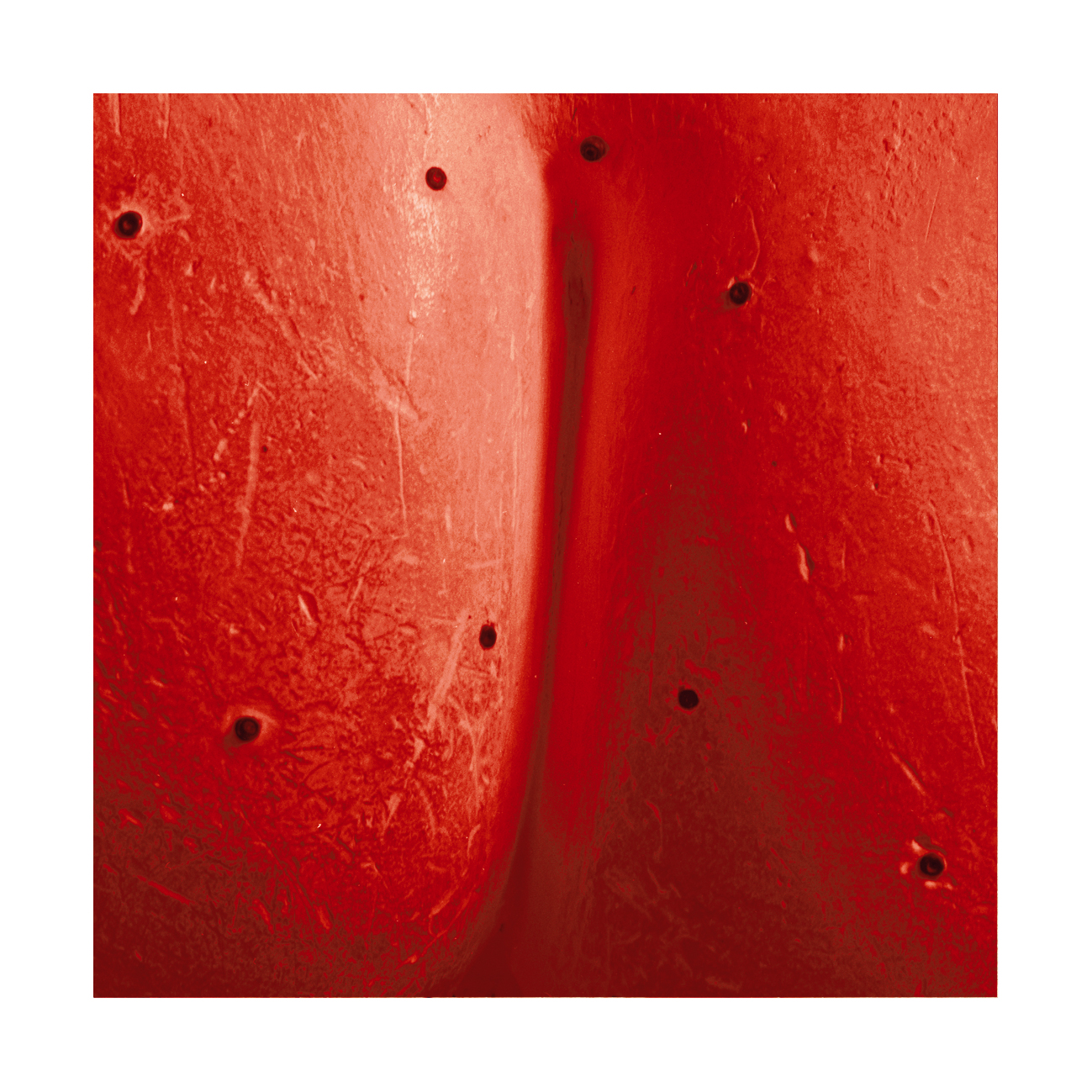
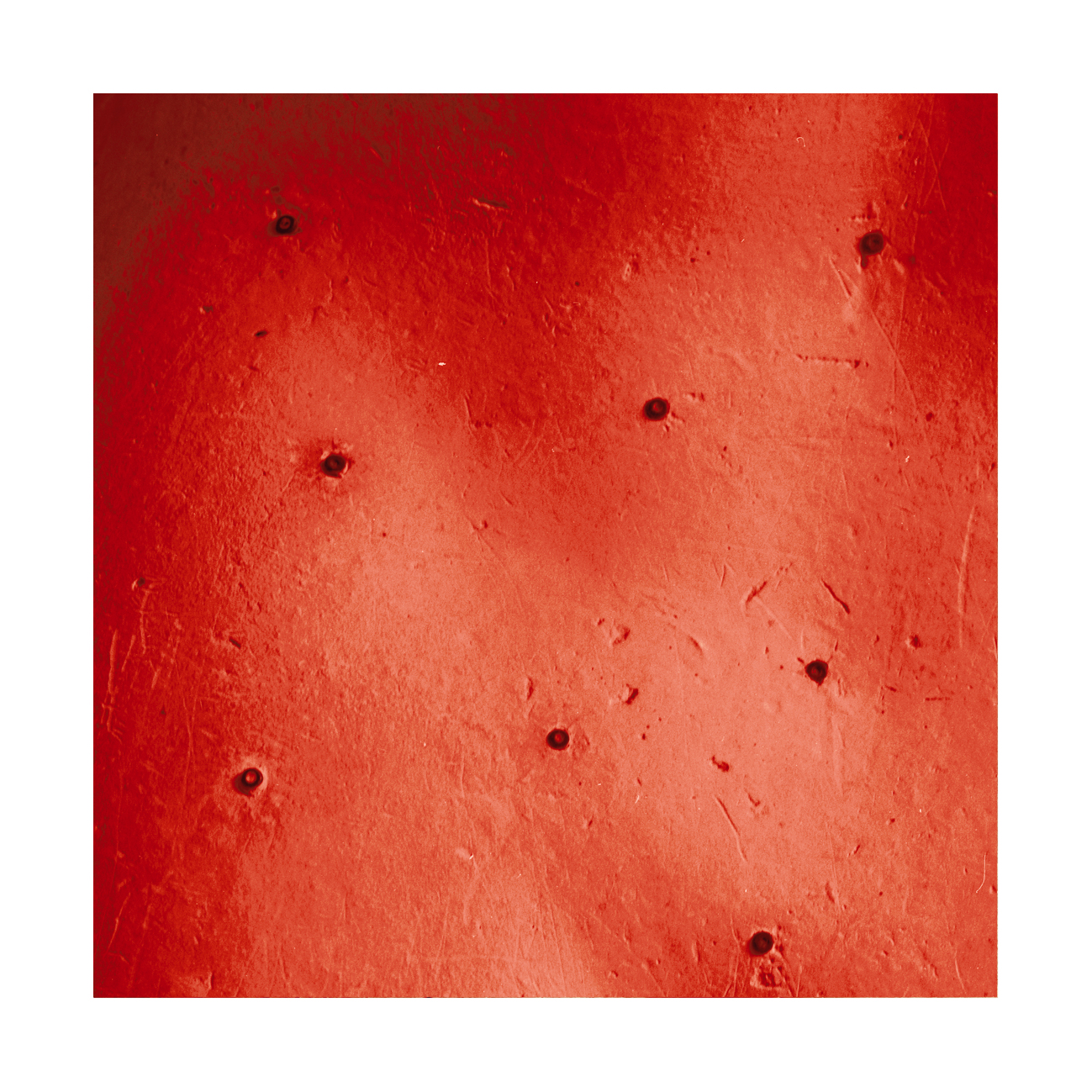
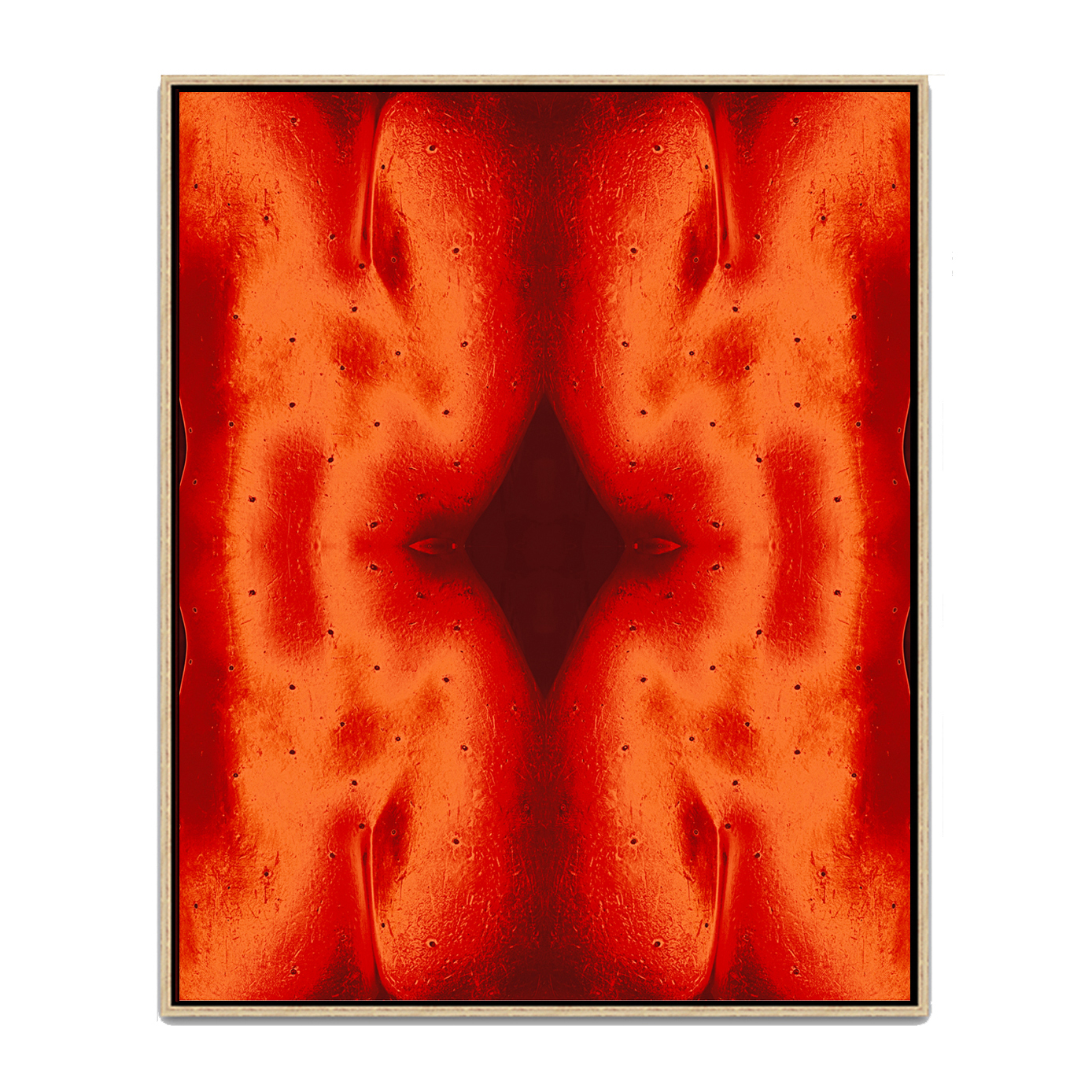

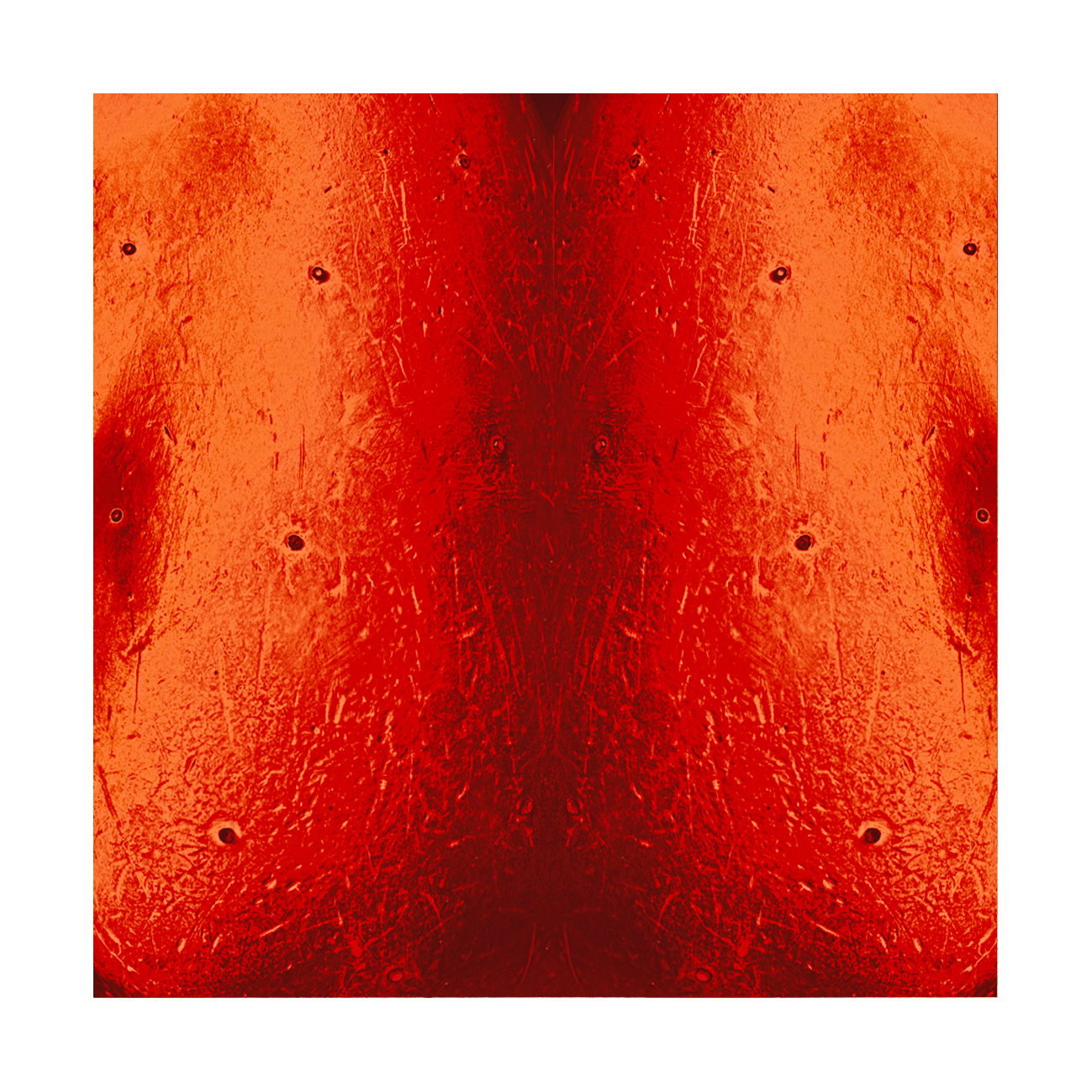
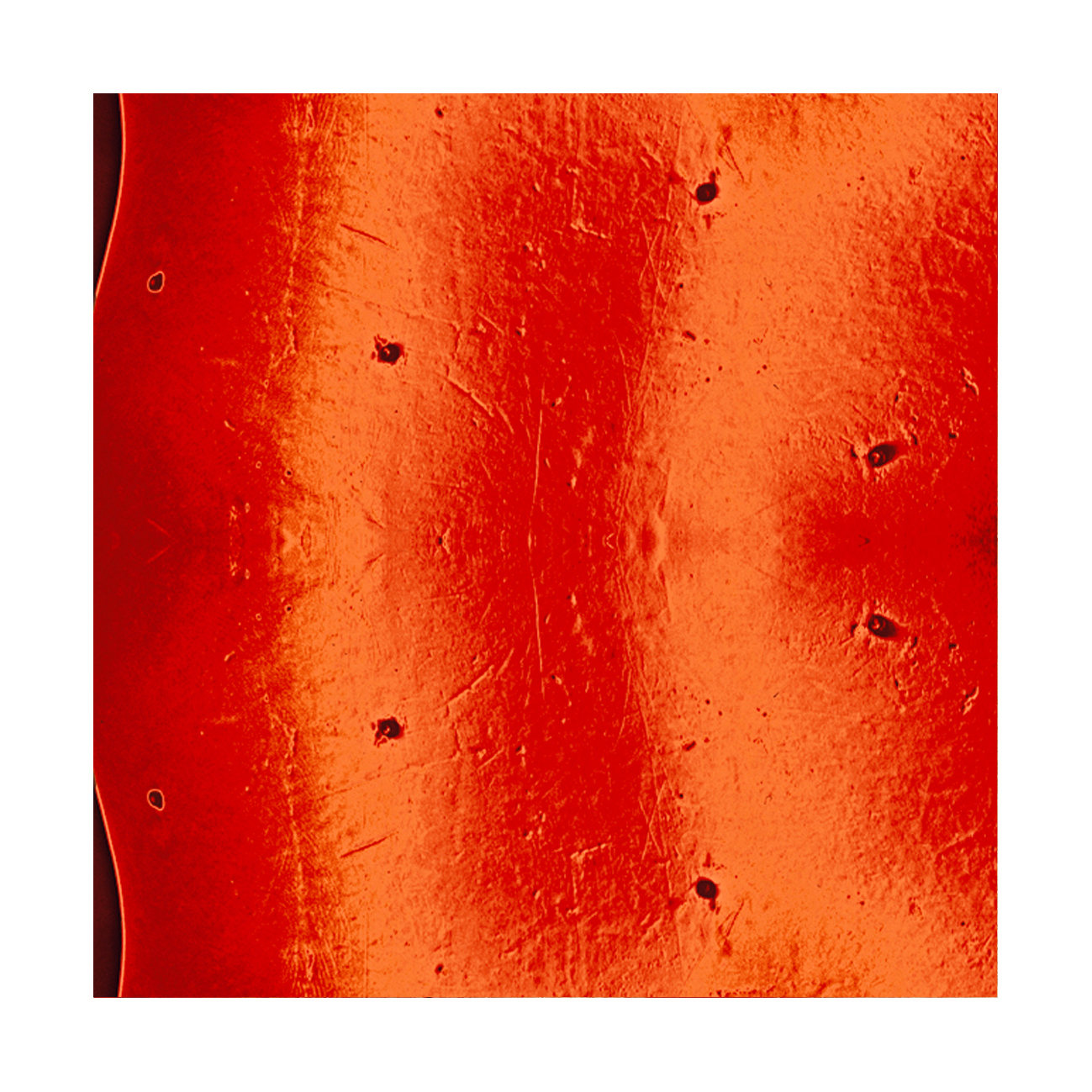
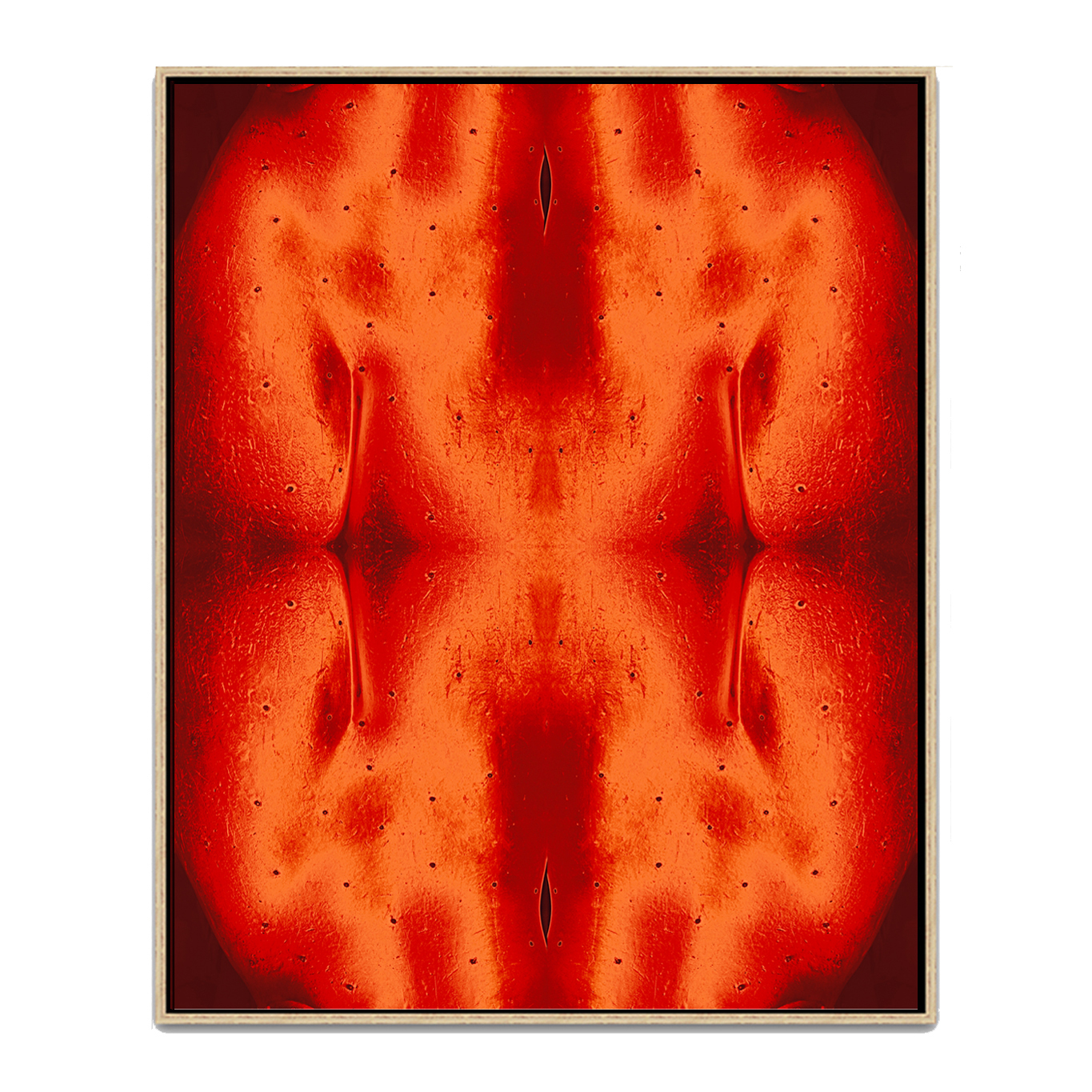
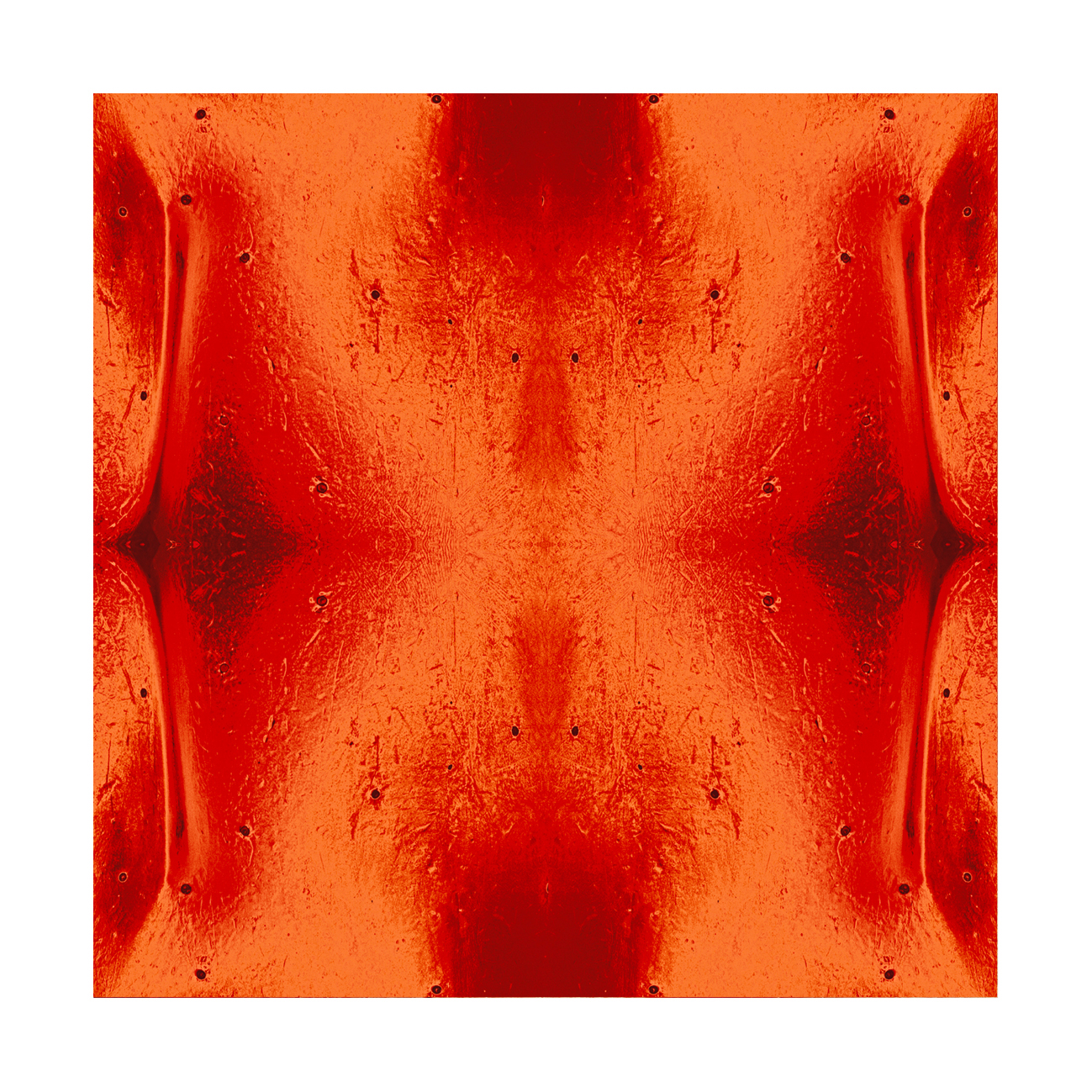
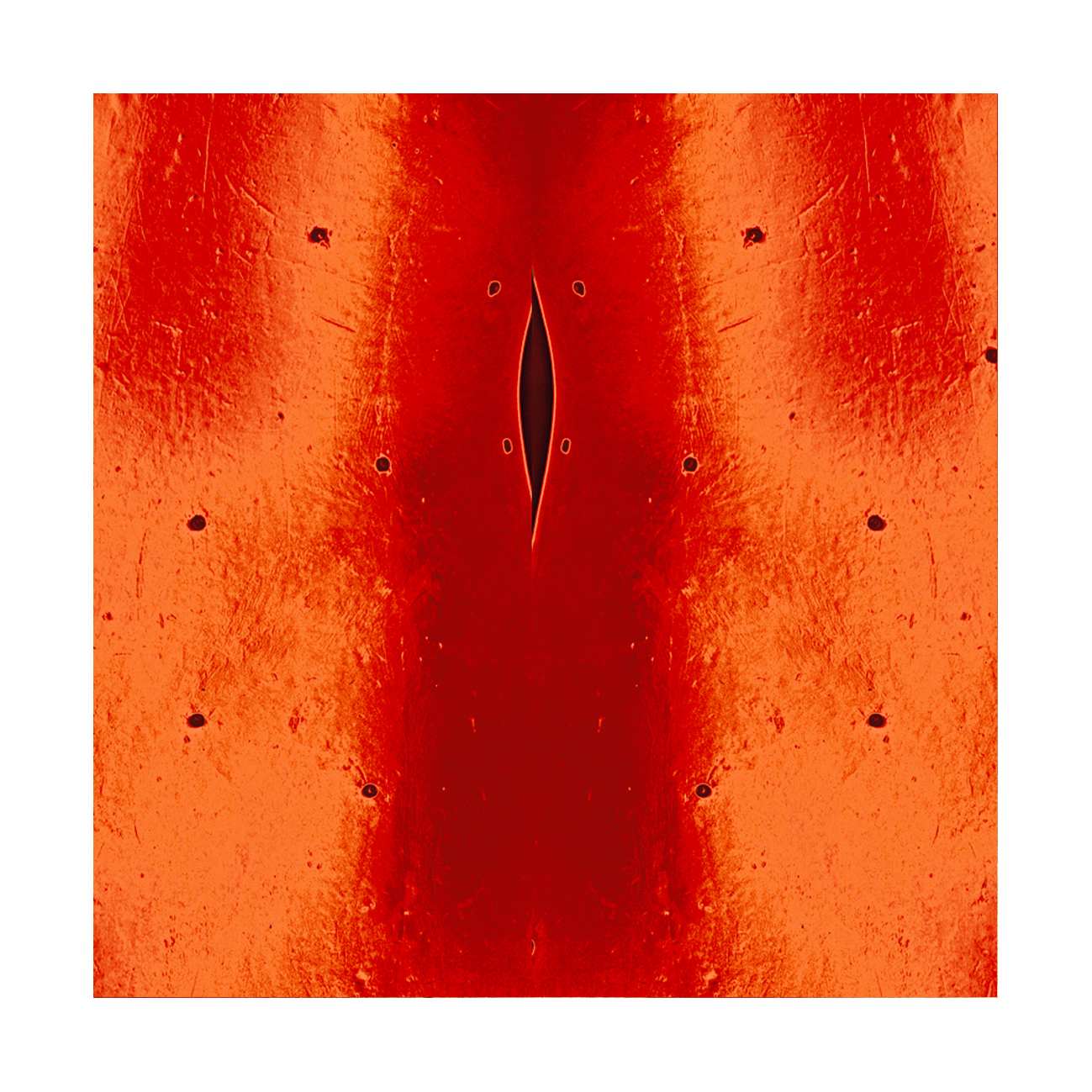
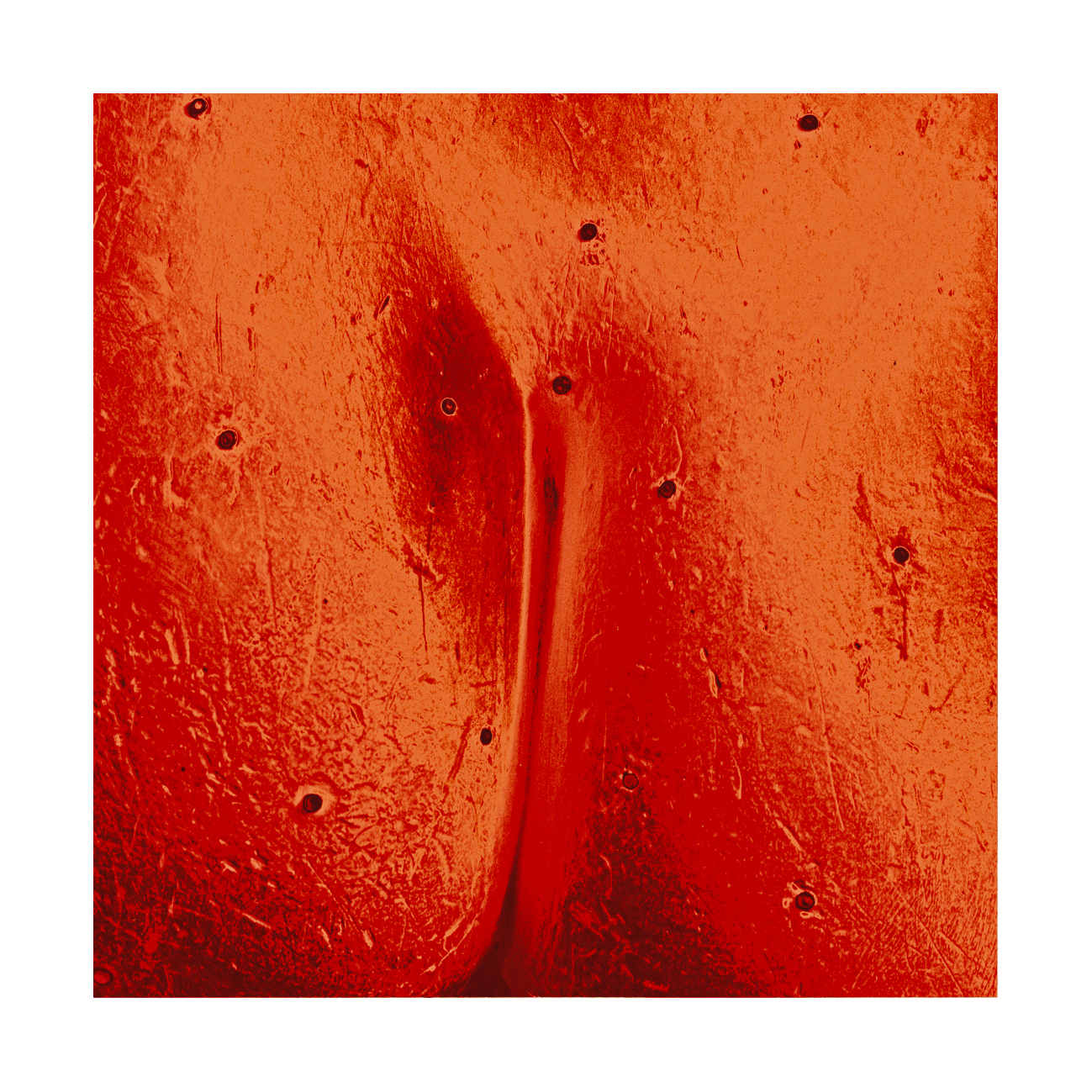
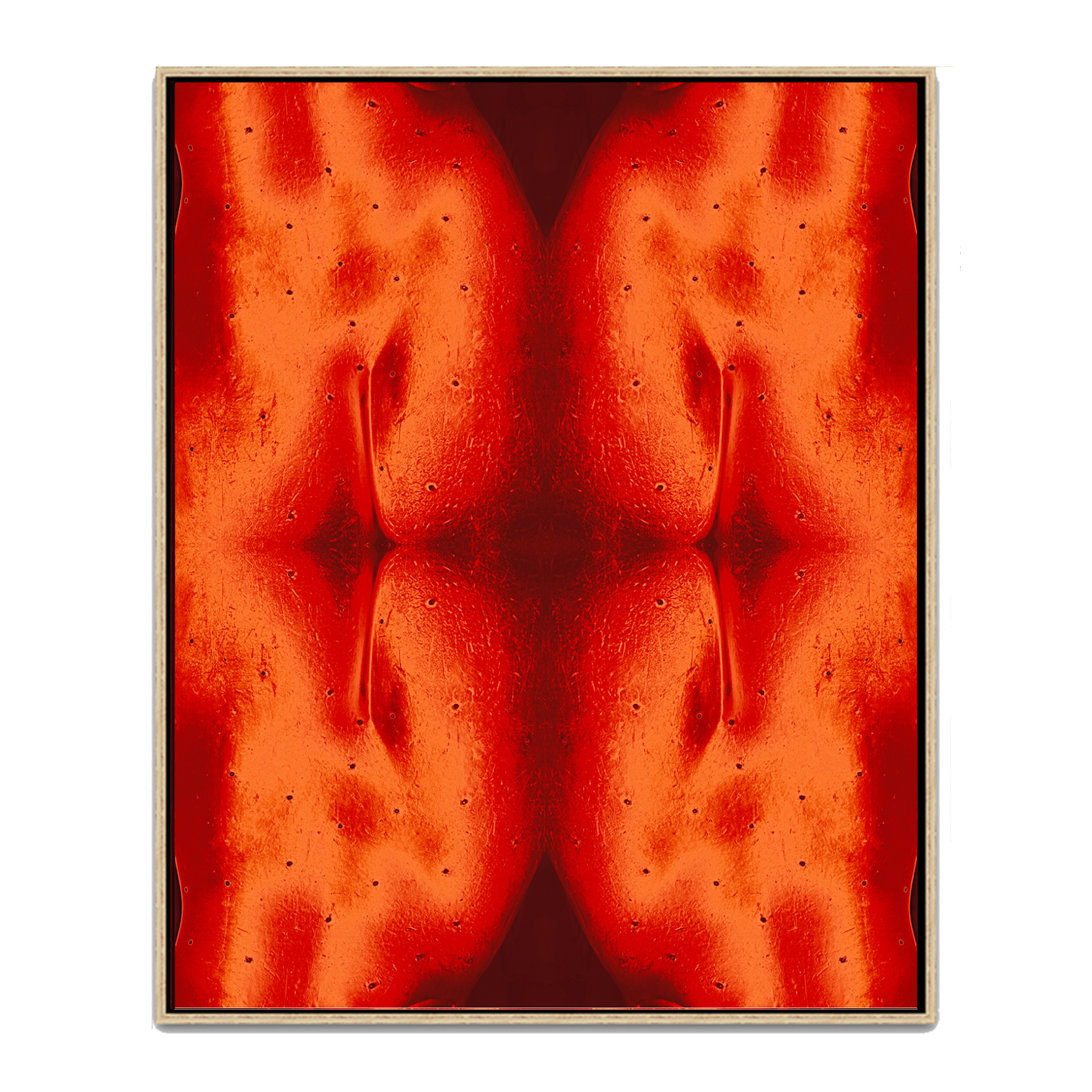
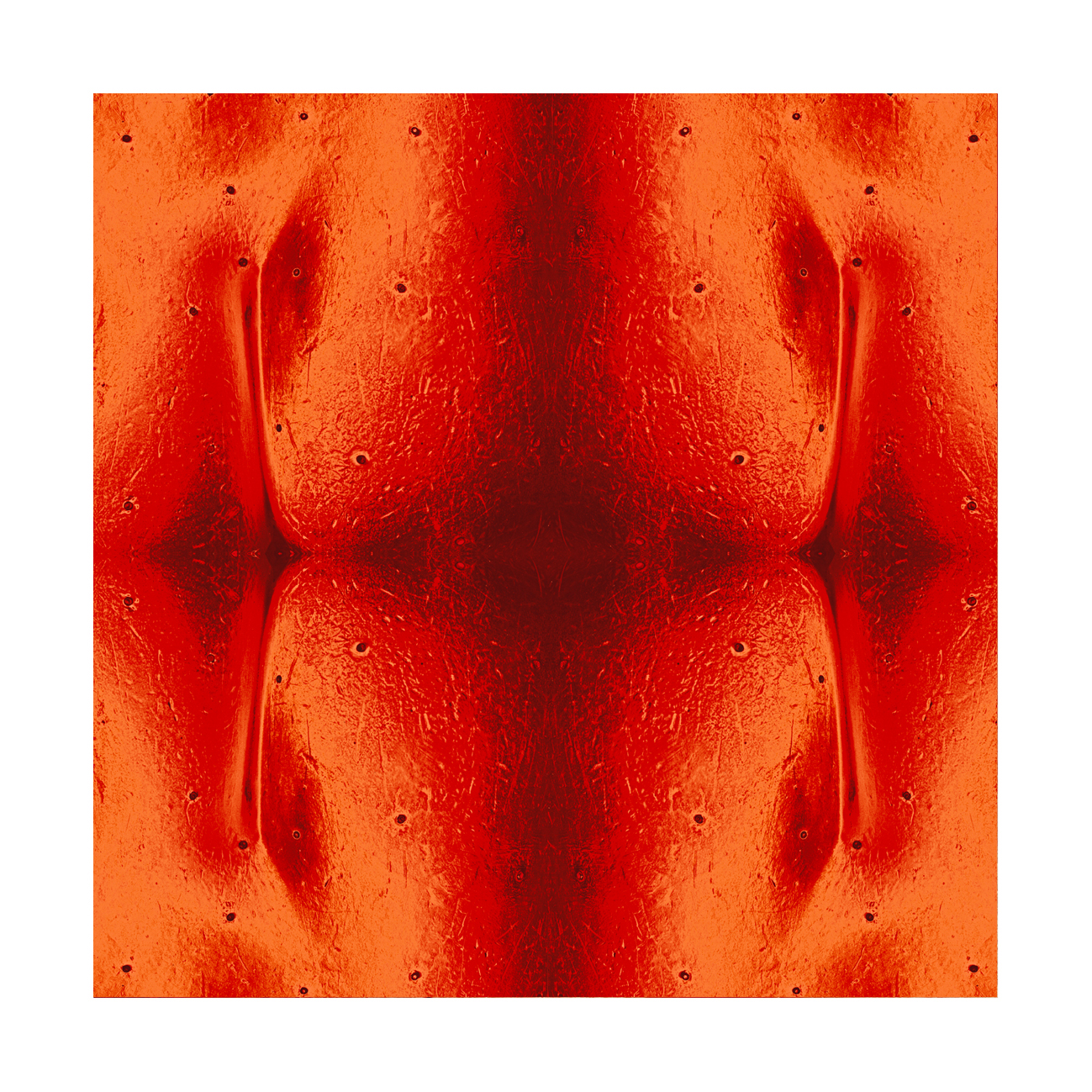
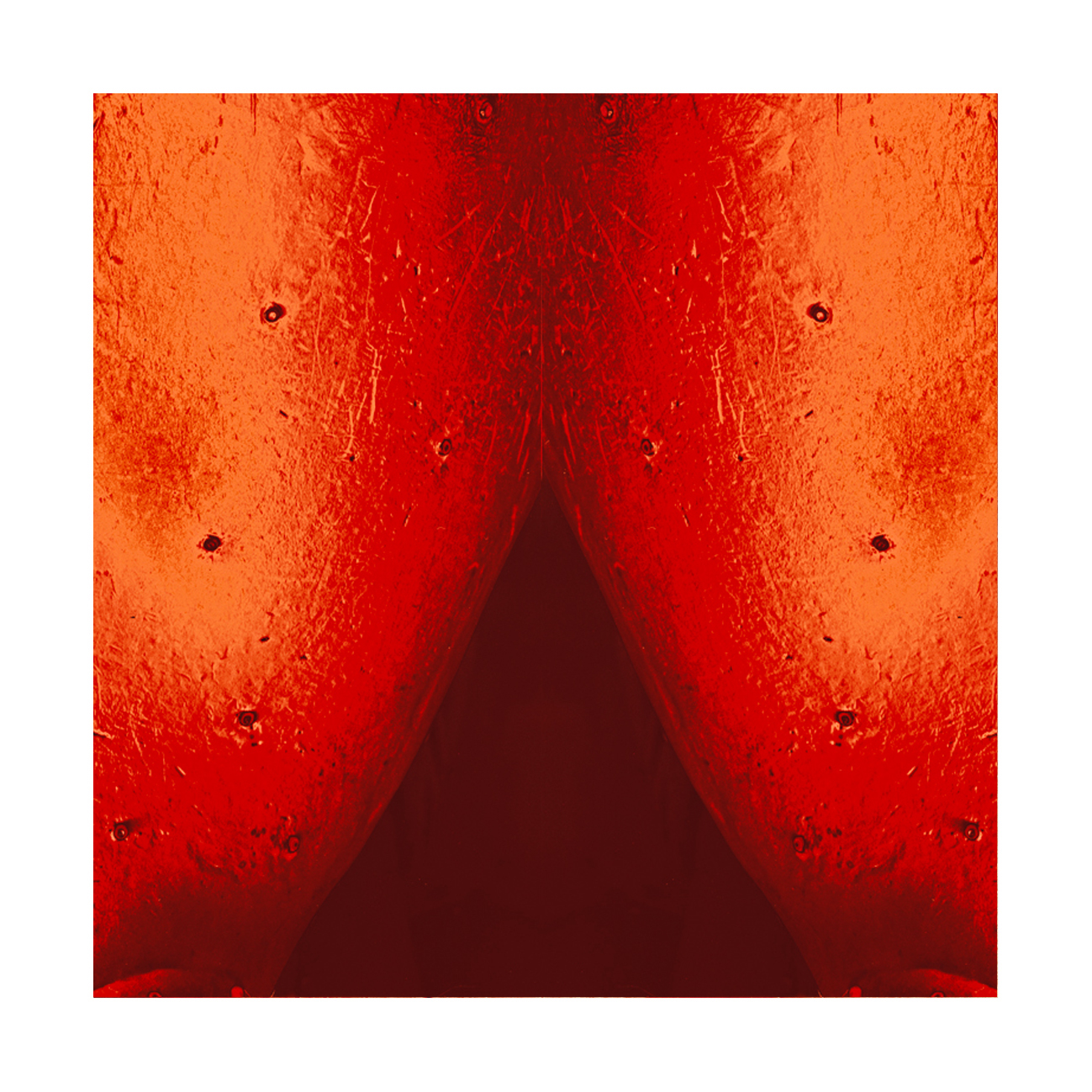
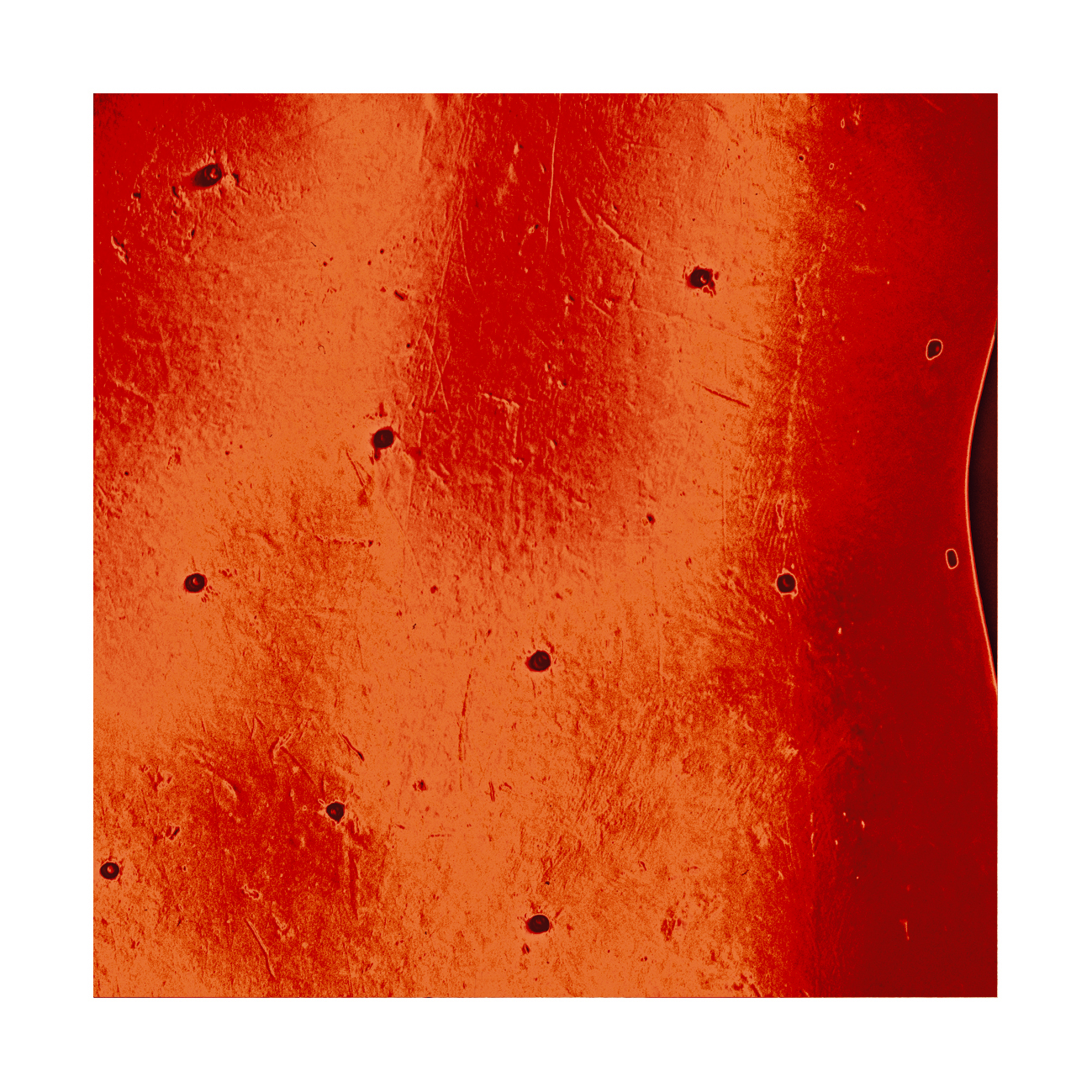
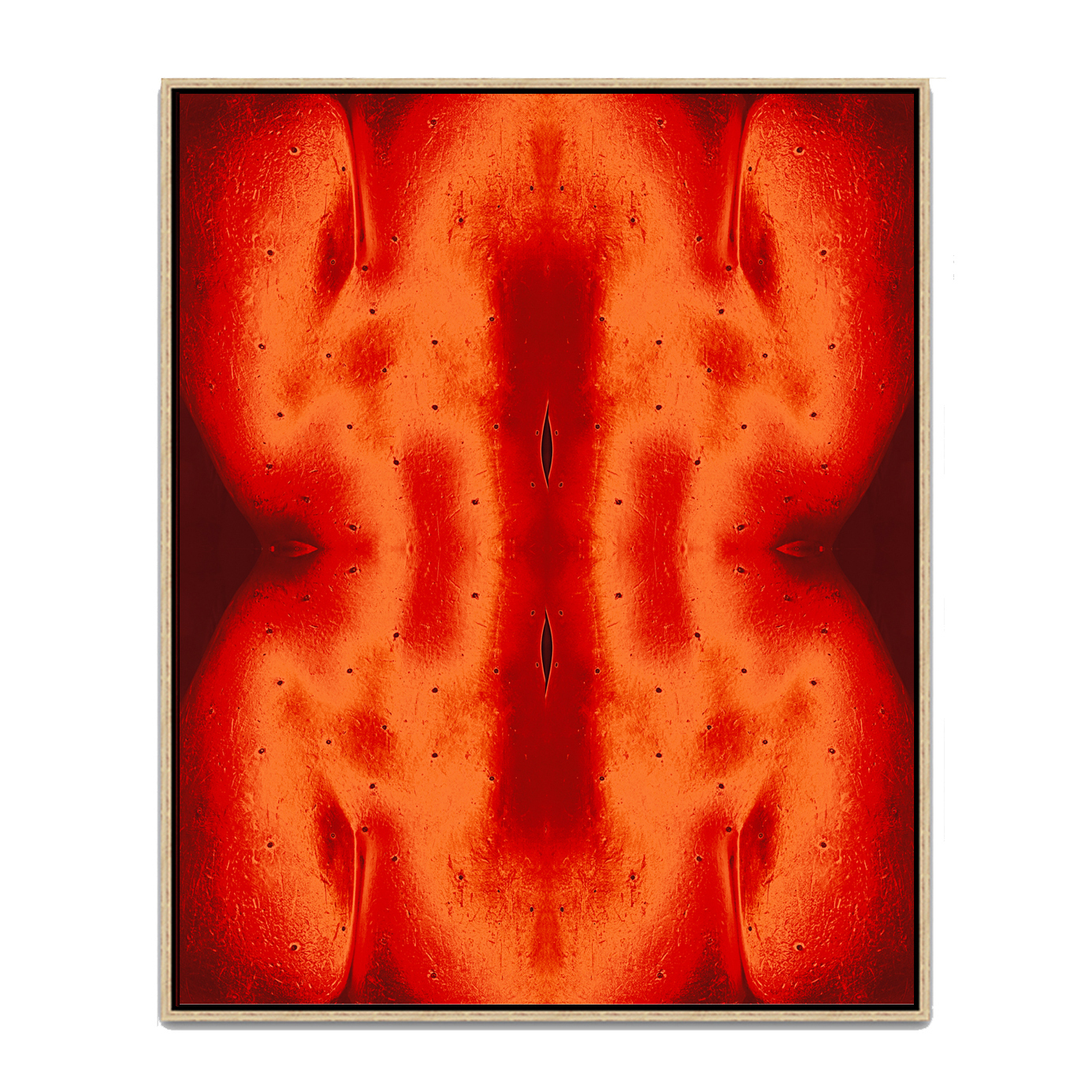

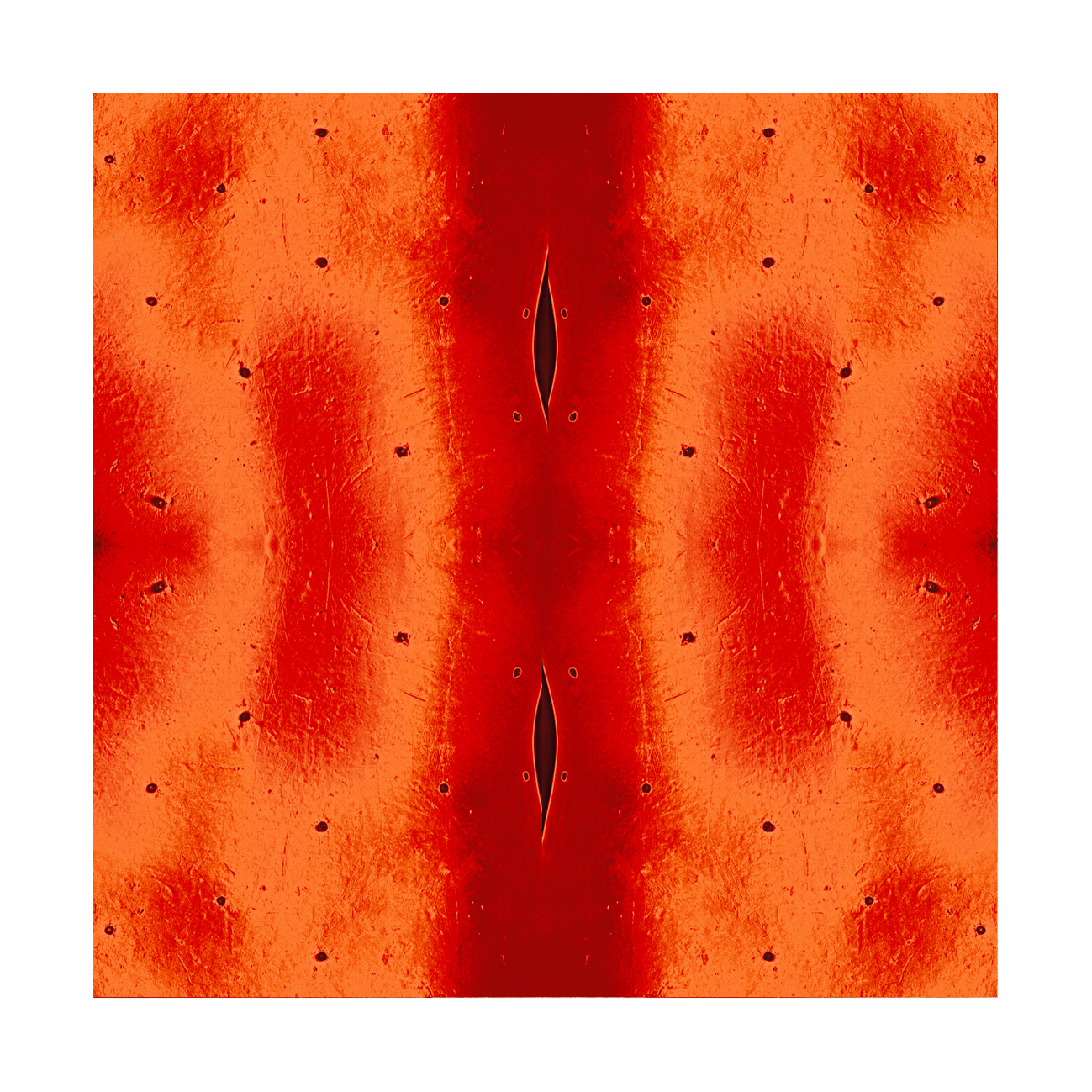
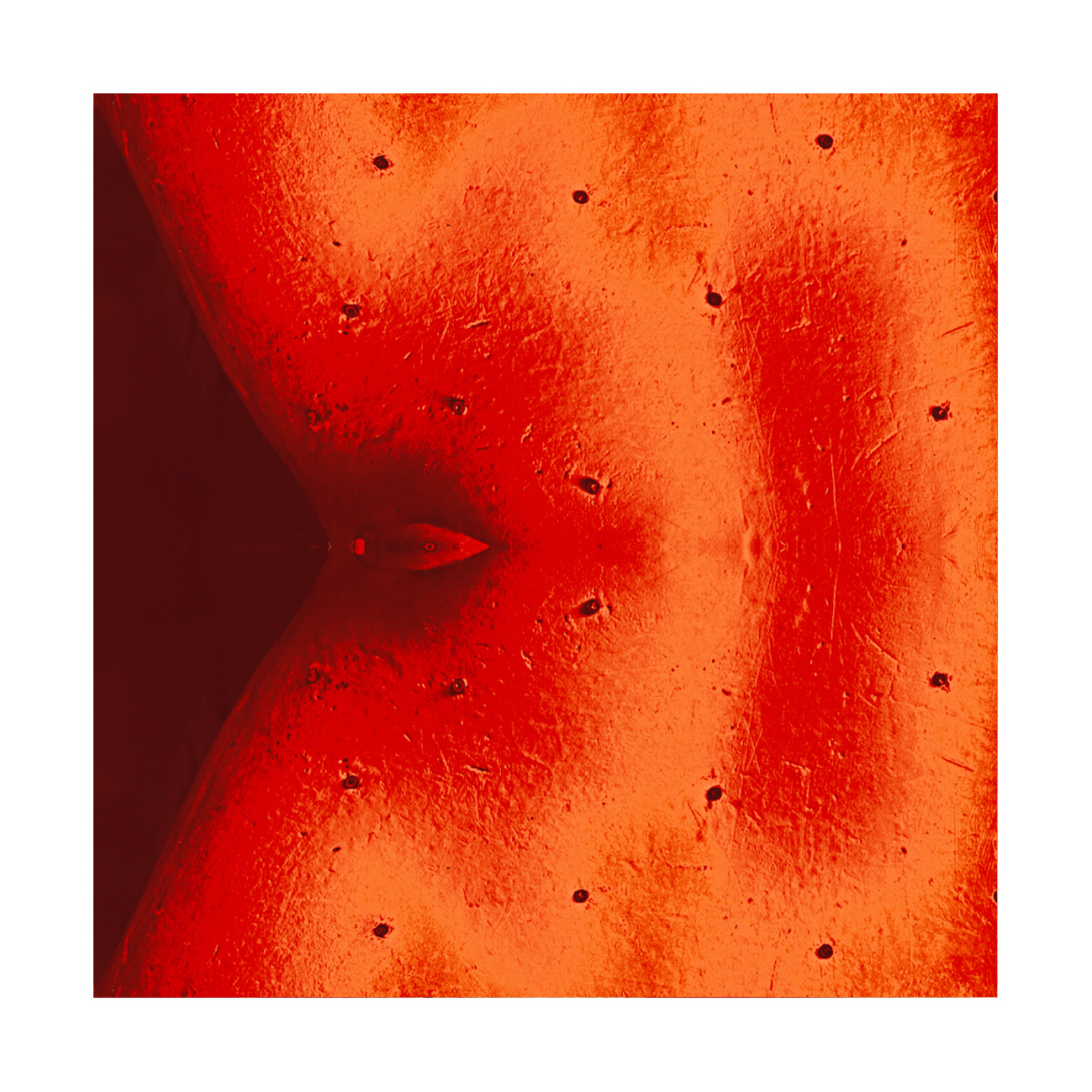
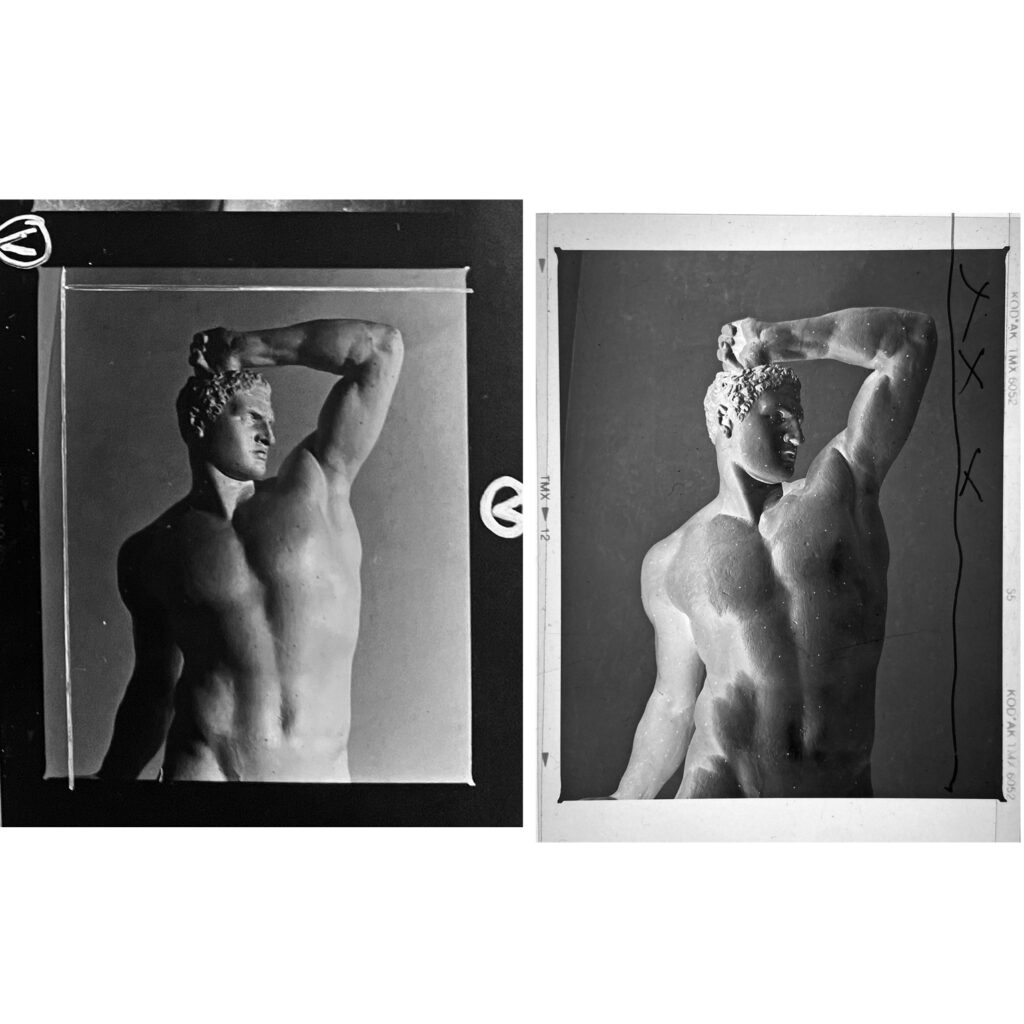

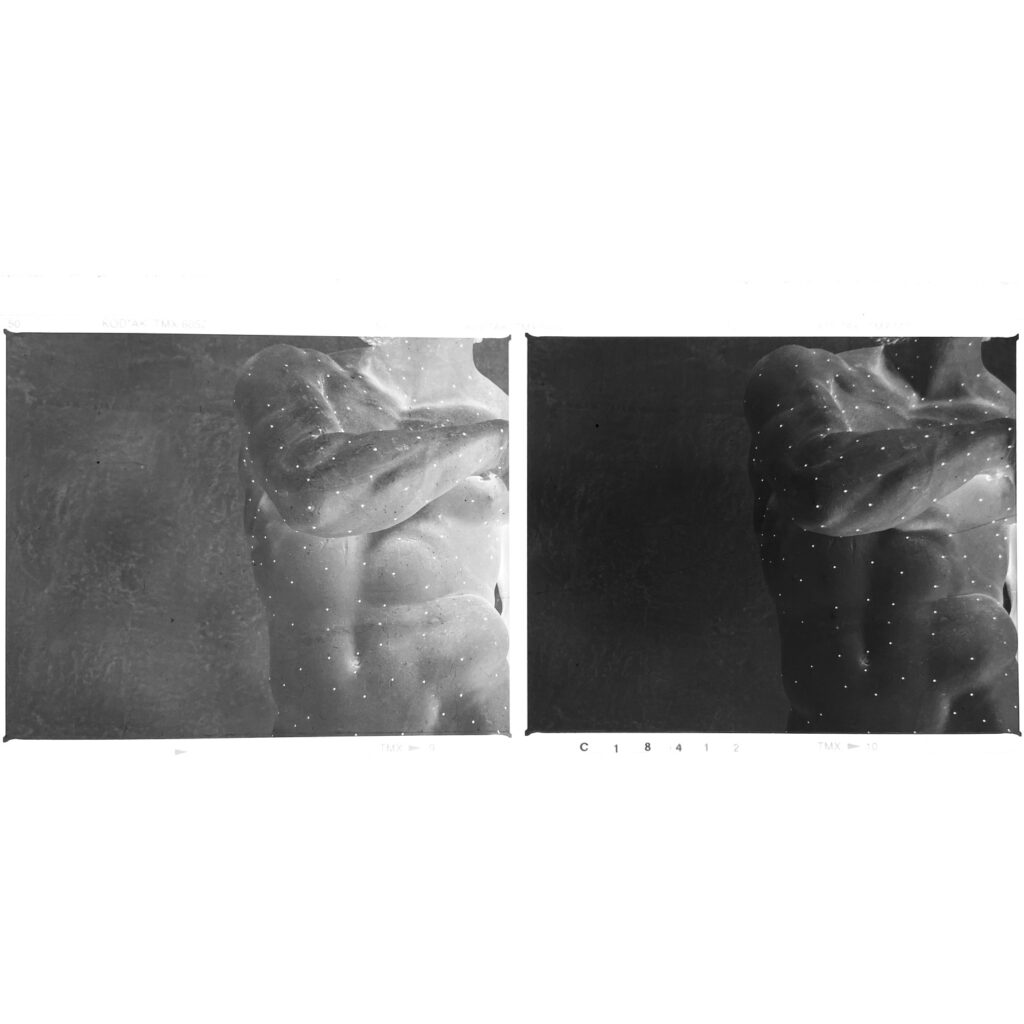

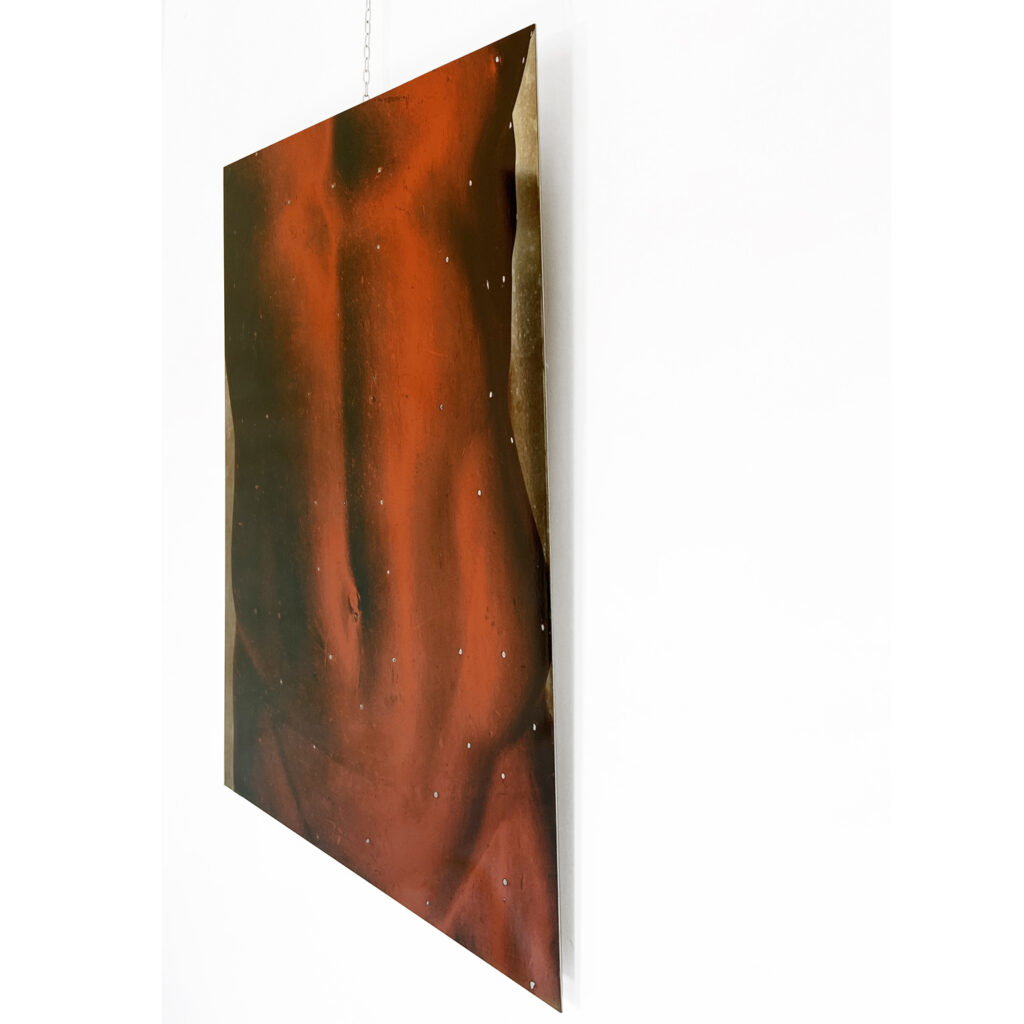
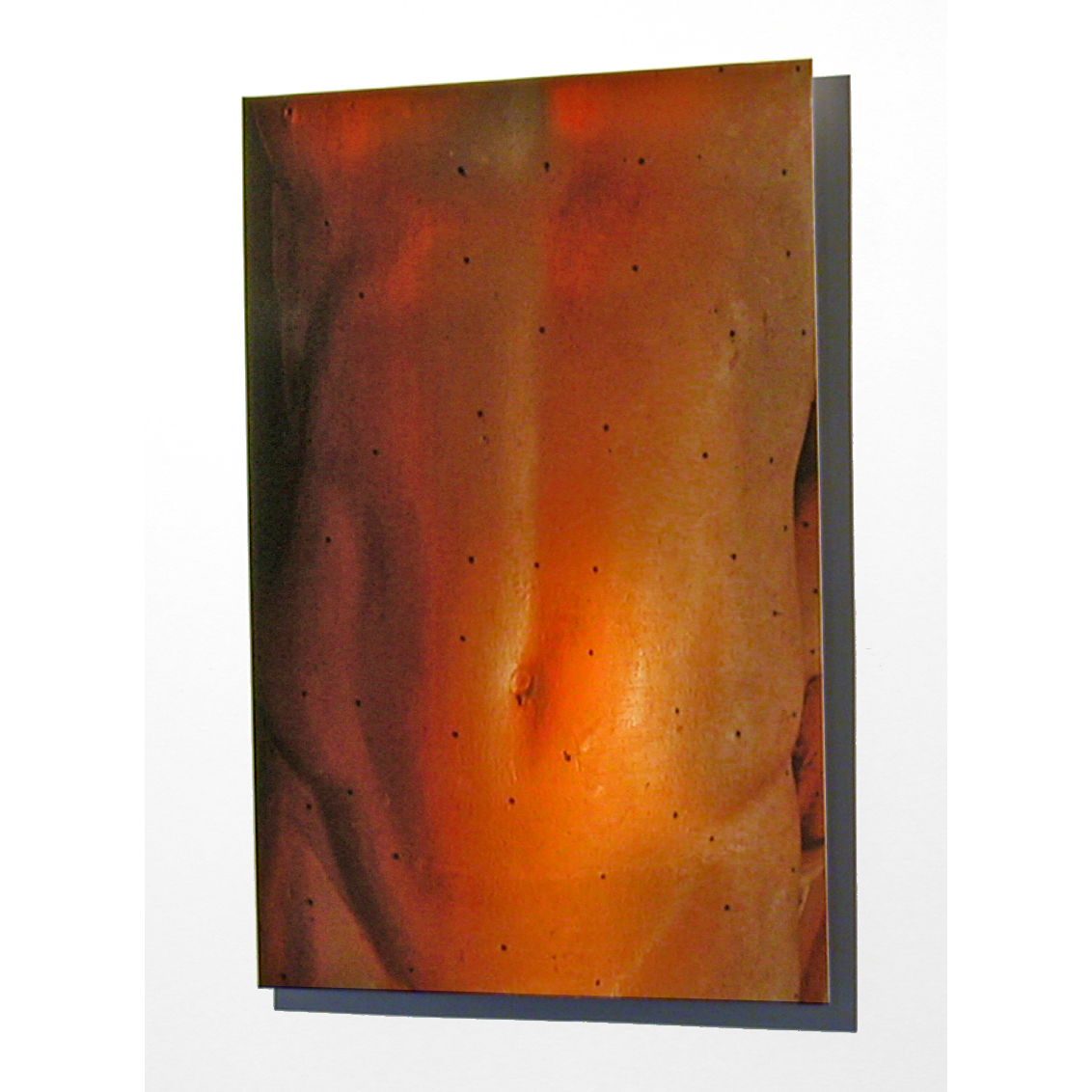
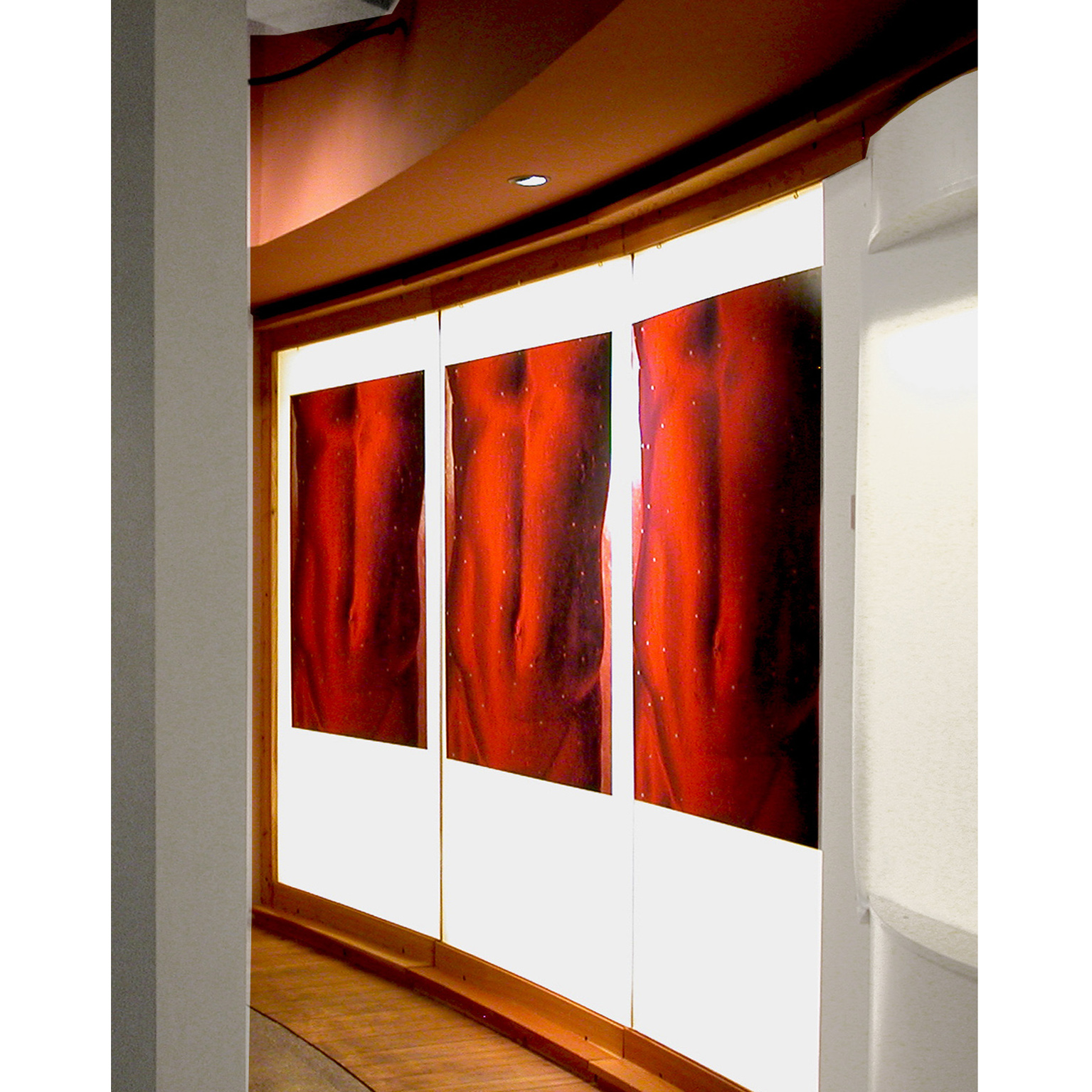
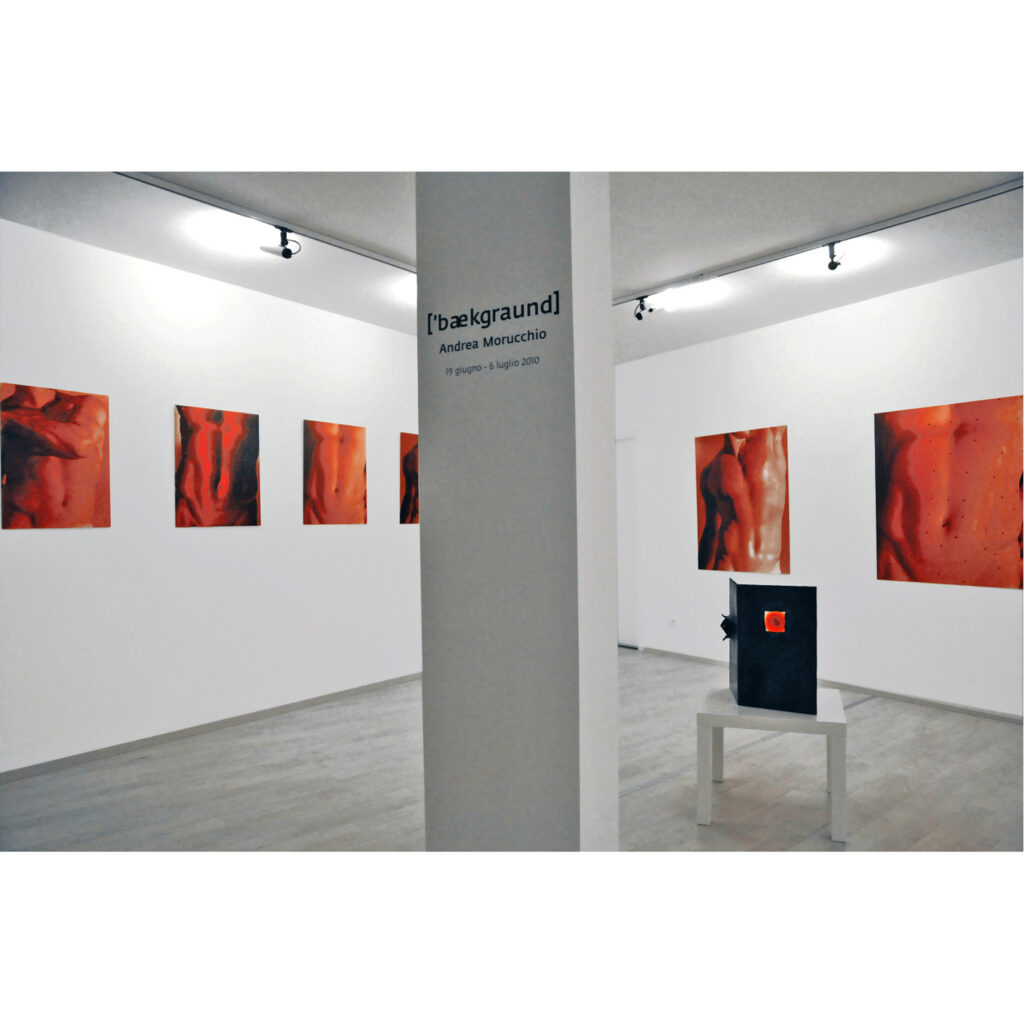
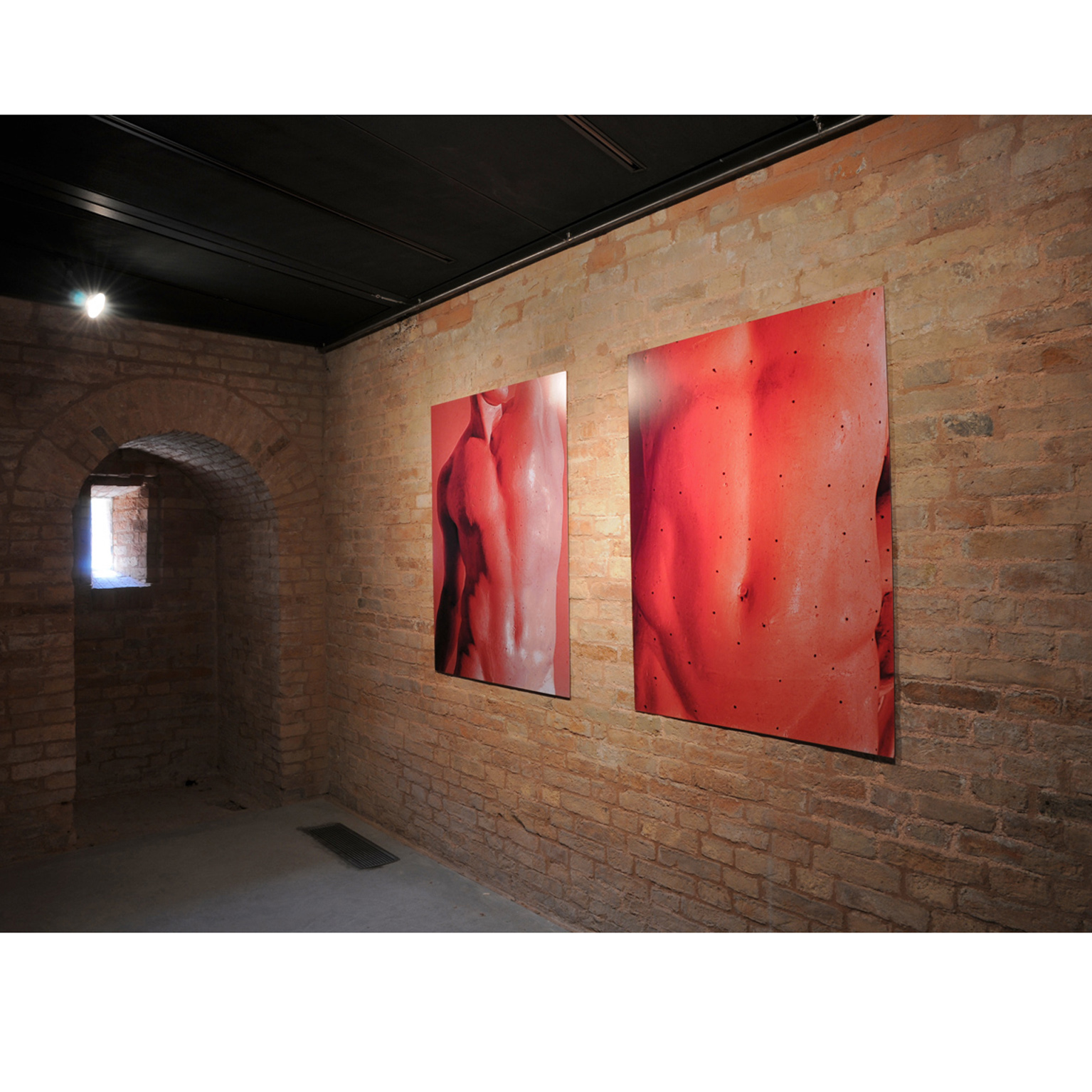
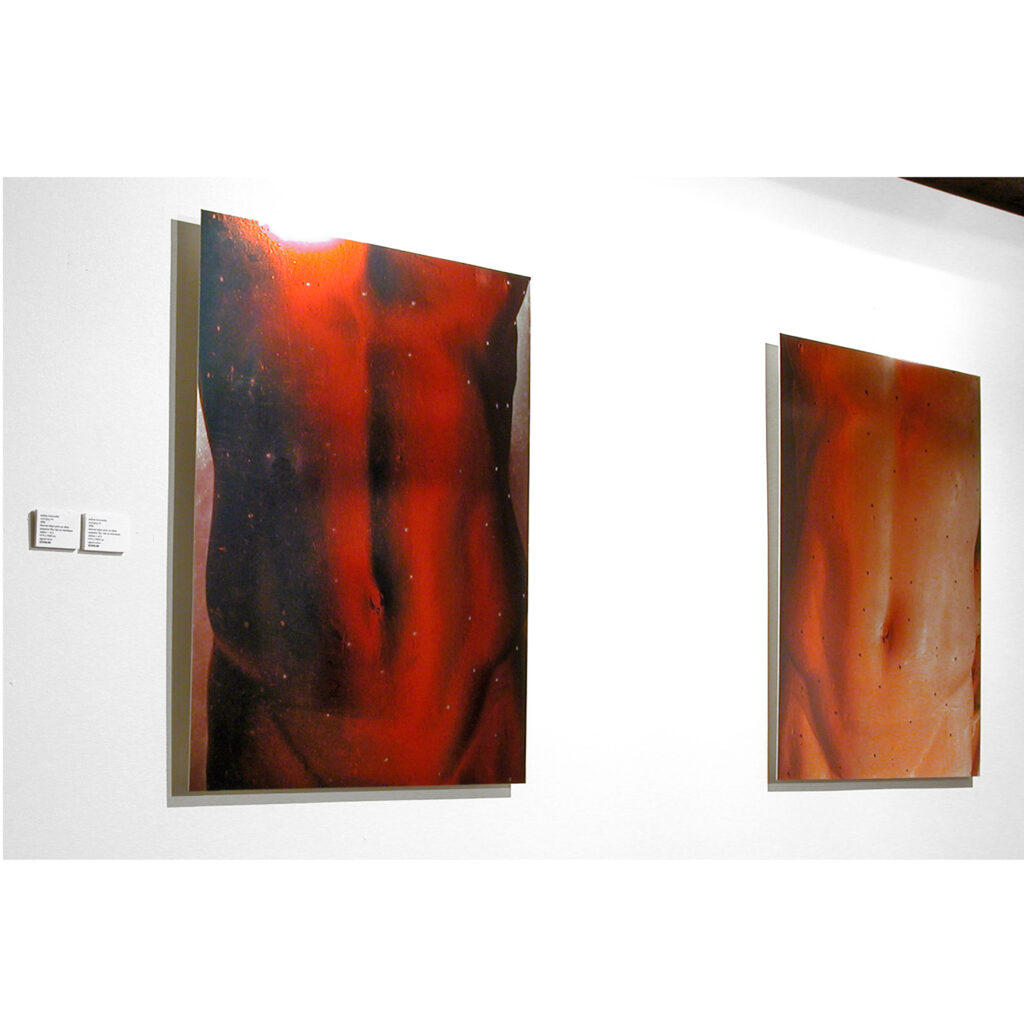

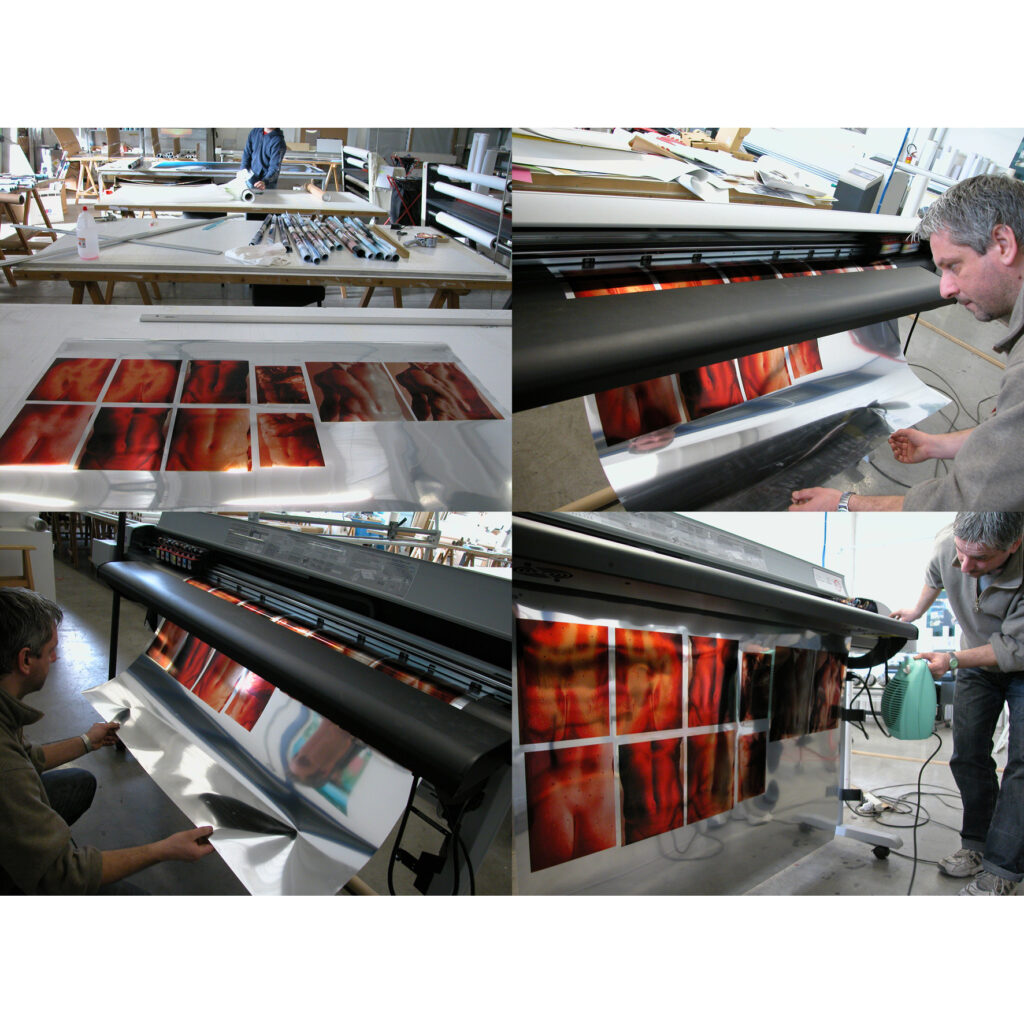
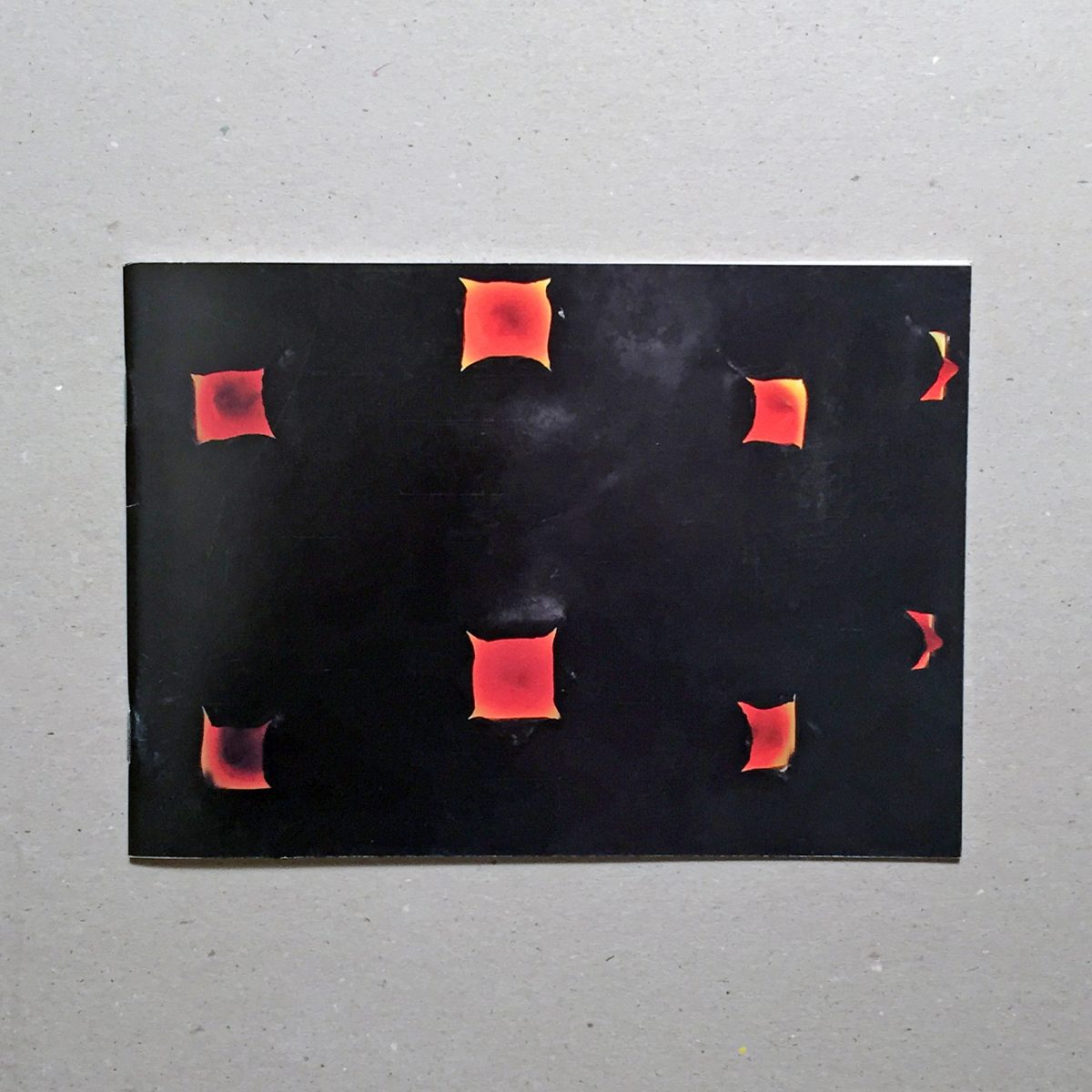 Emerging Code | 2006
Emerging Code | 2006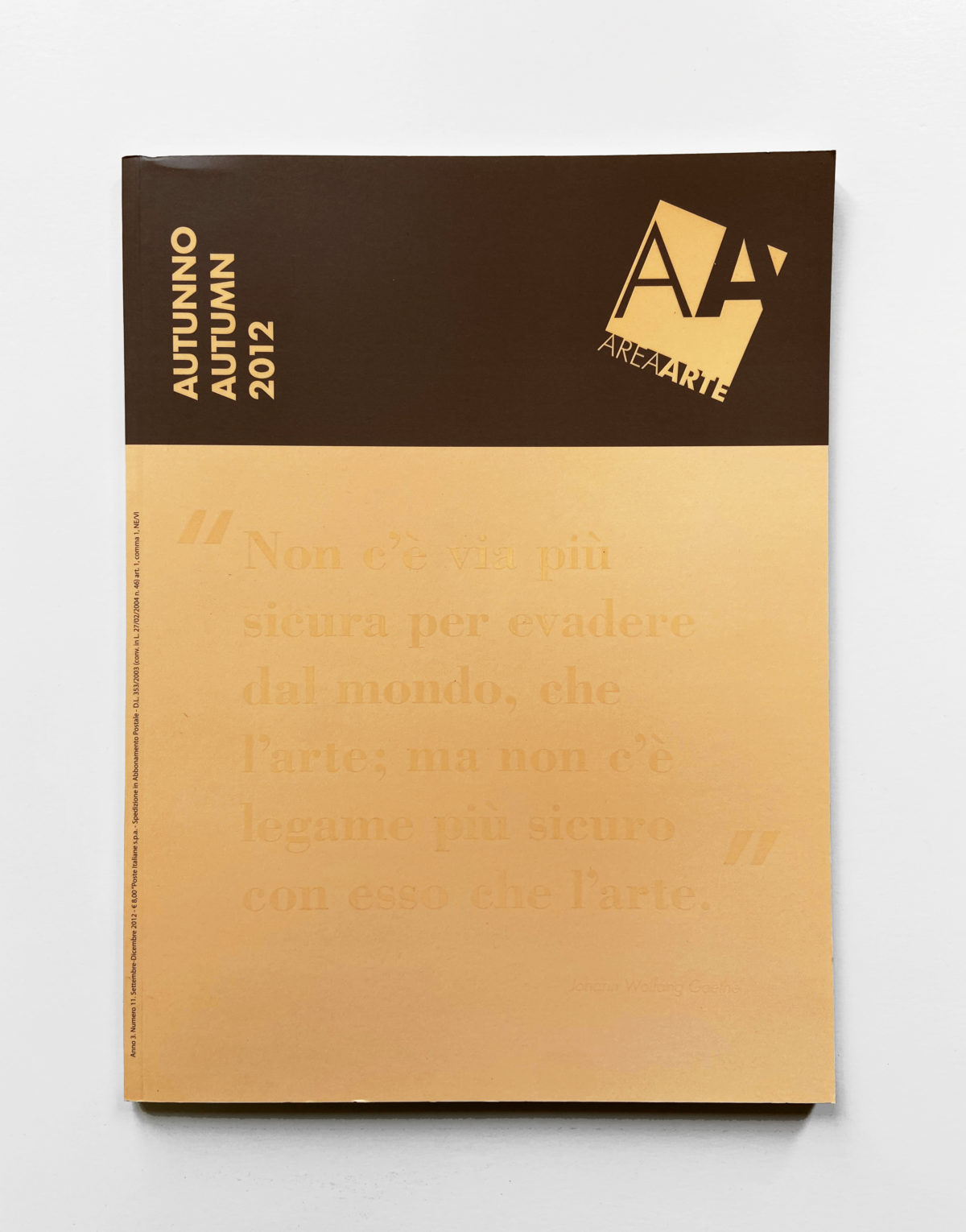 AreaArte | 2012
AreaArte | 2012 “Sampling Canova”, testo critico di Marco Baravalle, 2006, ita
“Sampling Canova”, testo critico di Marco Baravalle, 2006, ita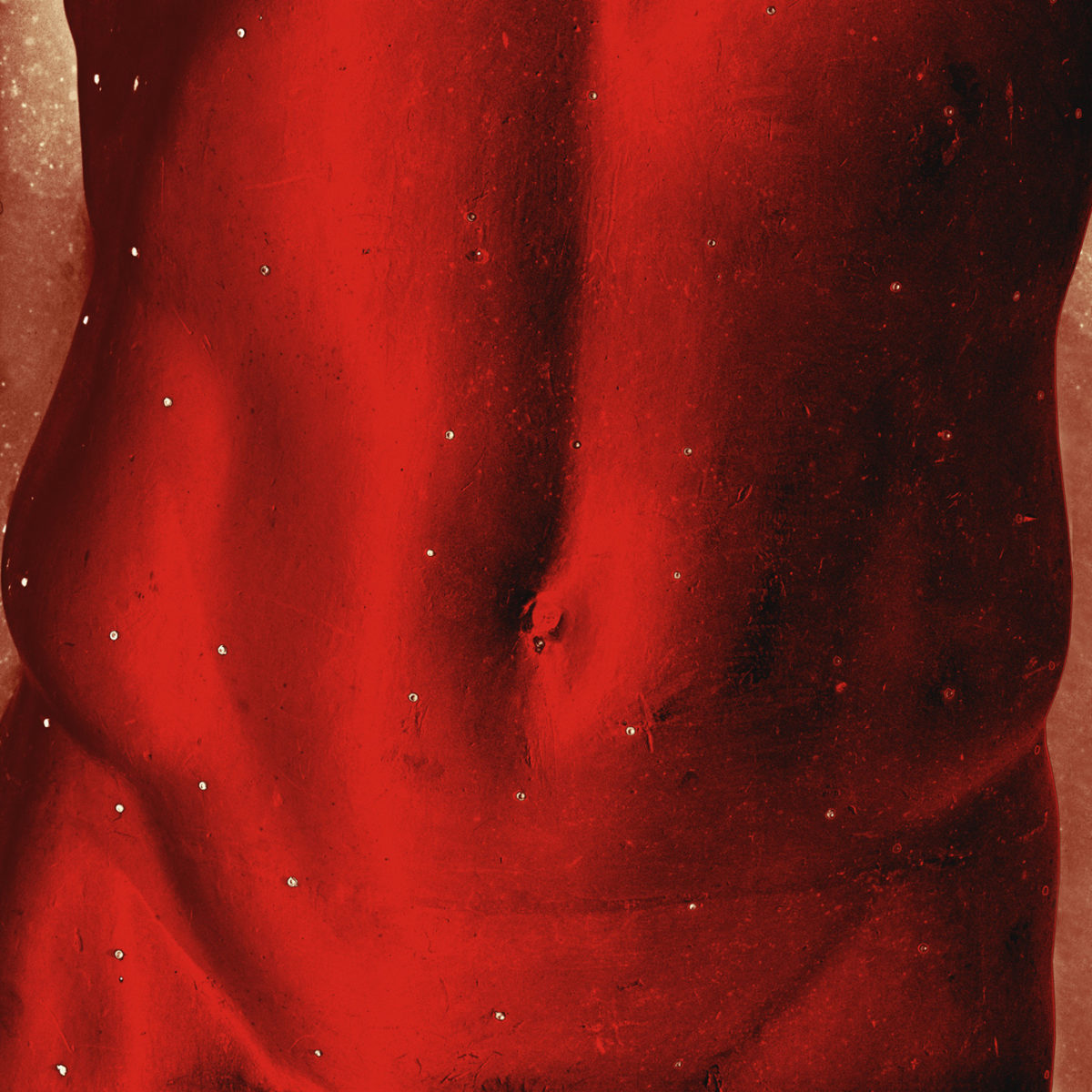 “Sampling Canova” critic text by Marco Baravalle, 2006, eng
“Sampling Canova” critic text by Marco Baravalle, 2006, eng “Andrea Morucchio Interpreta Antonio Canova”, testo critico di Noel Frankham, 2006, ita
“Andrea Morucchio Interpreta Antonio Canova”, testo critico di Noel Frankham, 2006, ita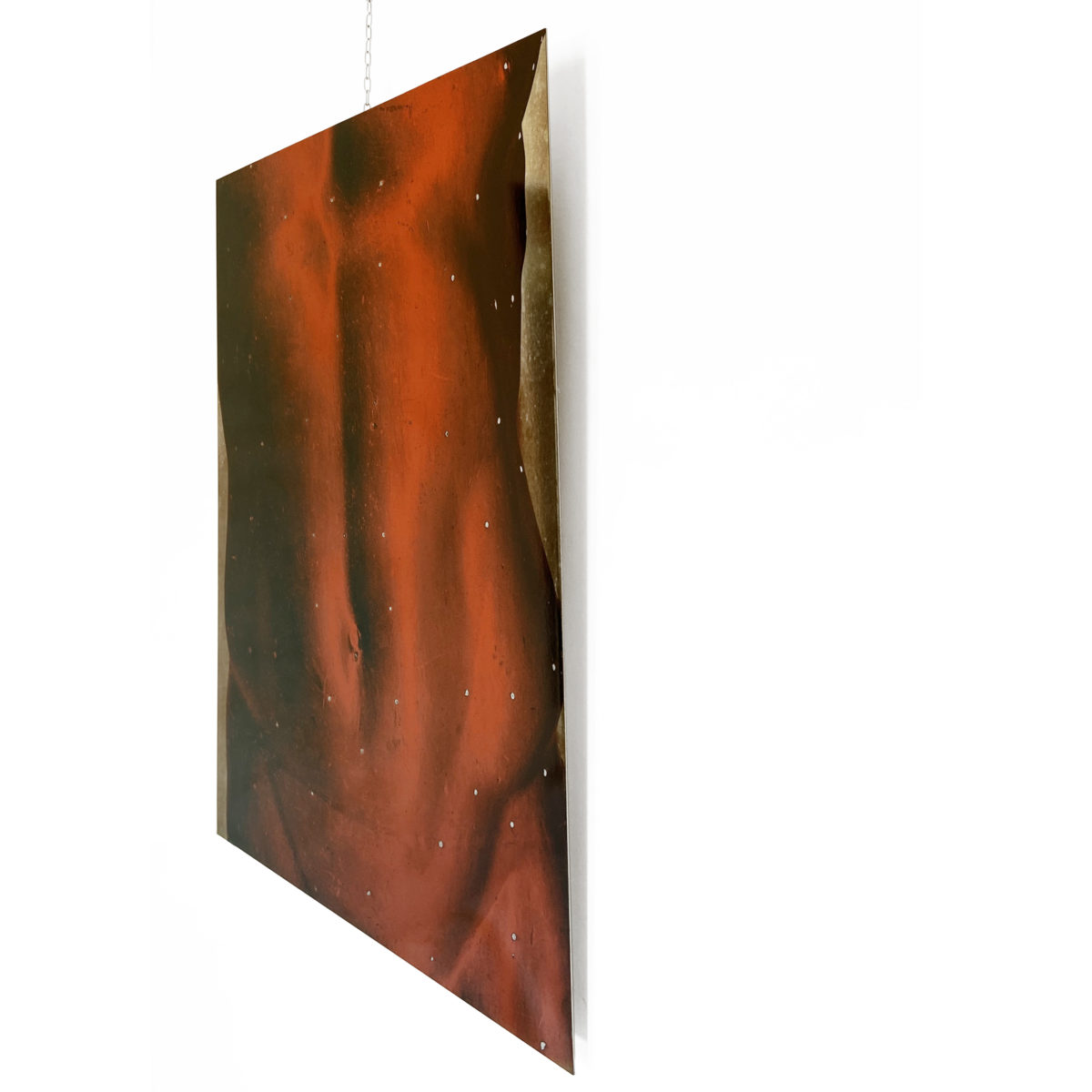 “Andrea Morucchio Interpretes Antonio Canova”, critic text by Noel Frankham, 2006, eng
“Andrea Morucchio Interpretes Antonio Canova”, critic text by Noel Frankham, 2006, eng